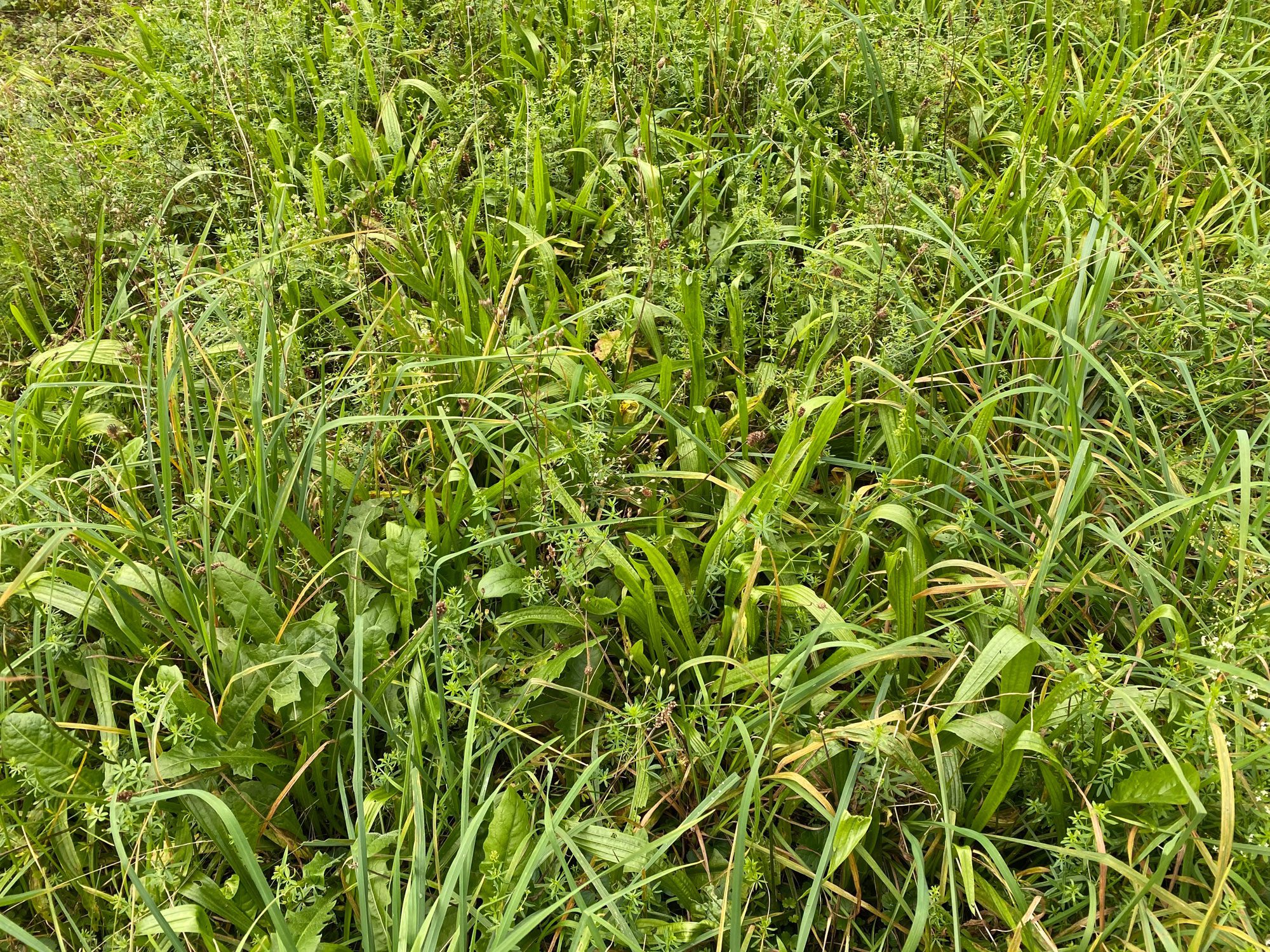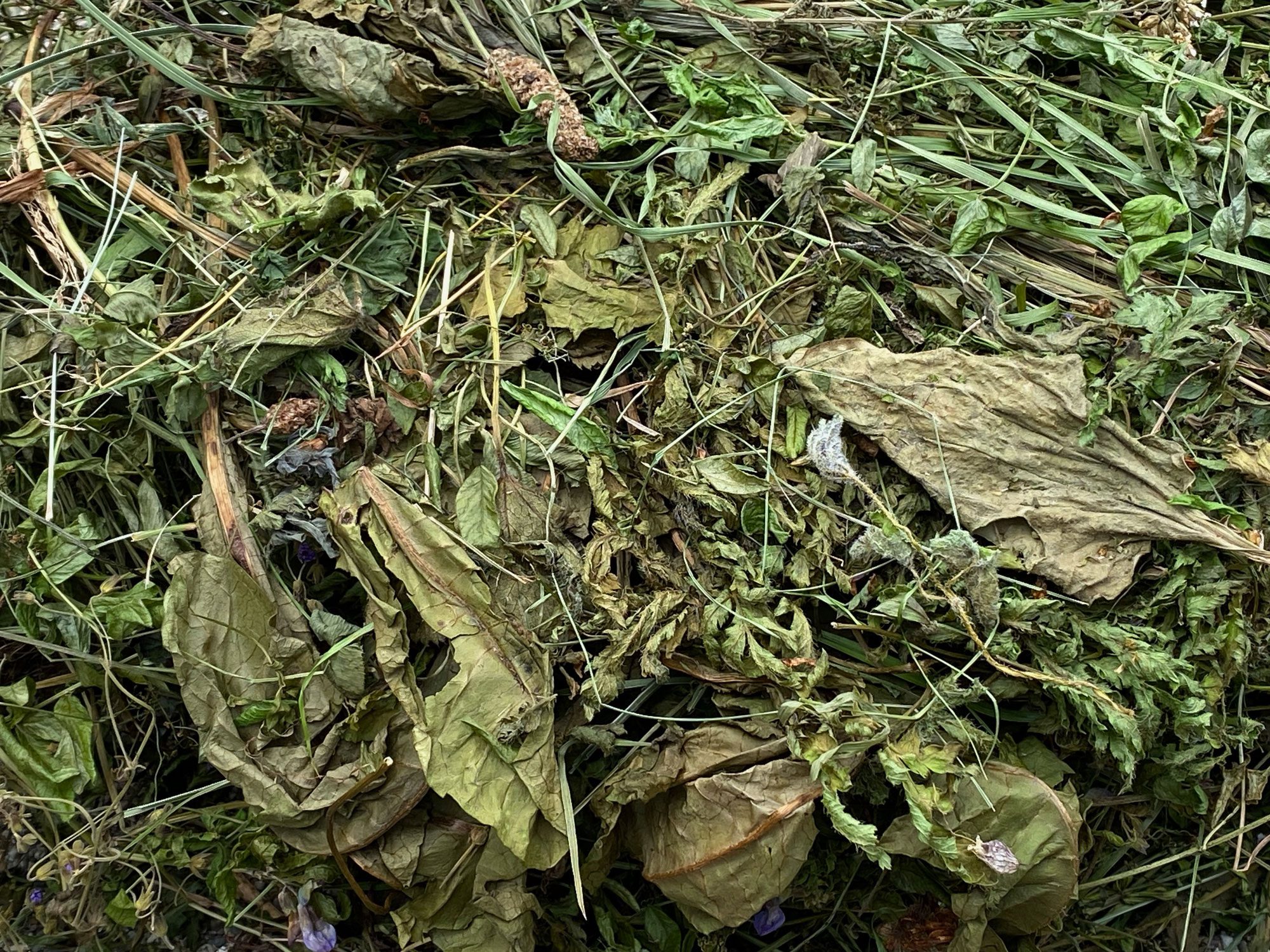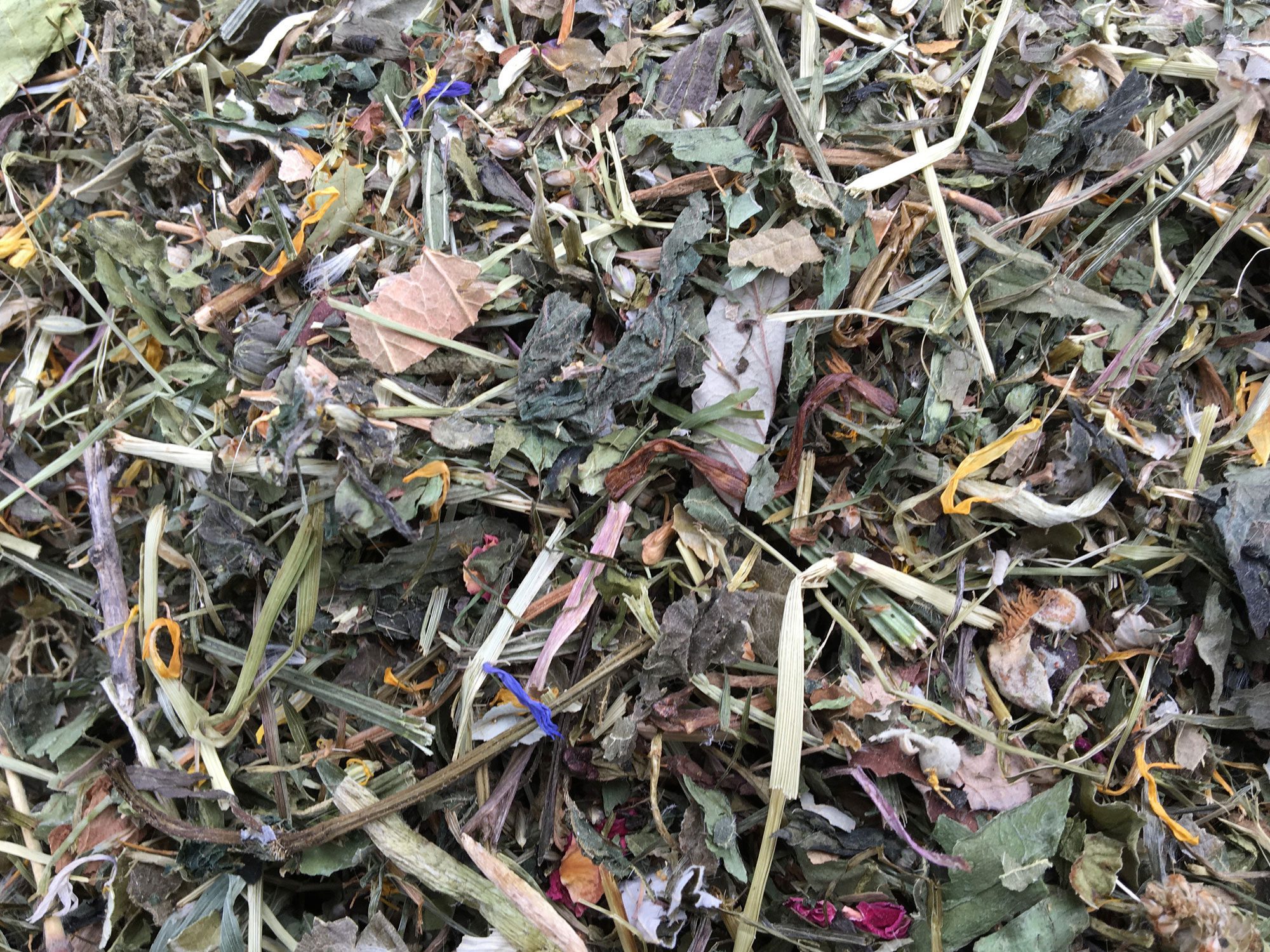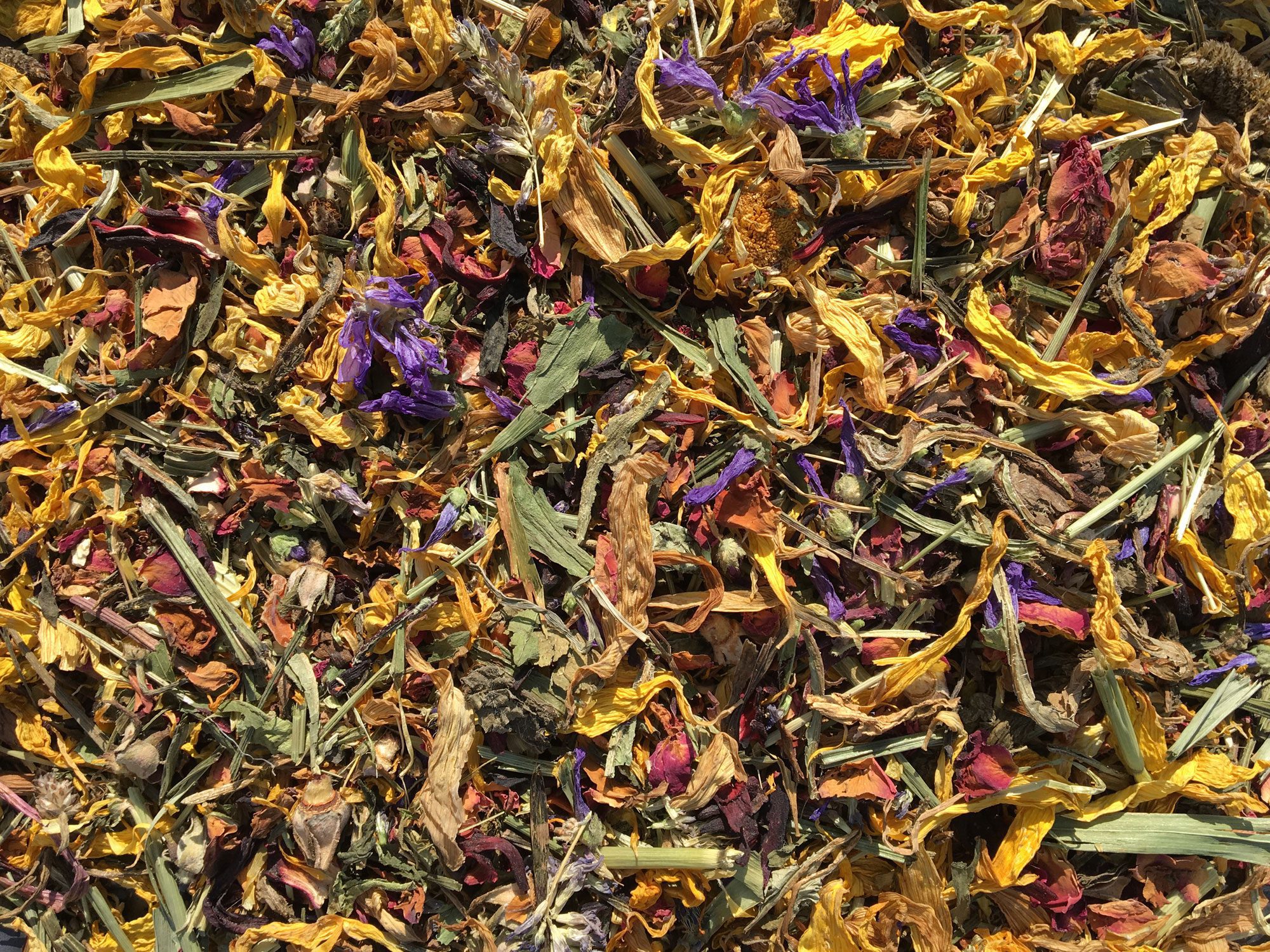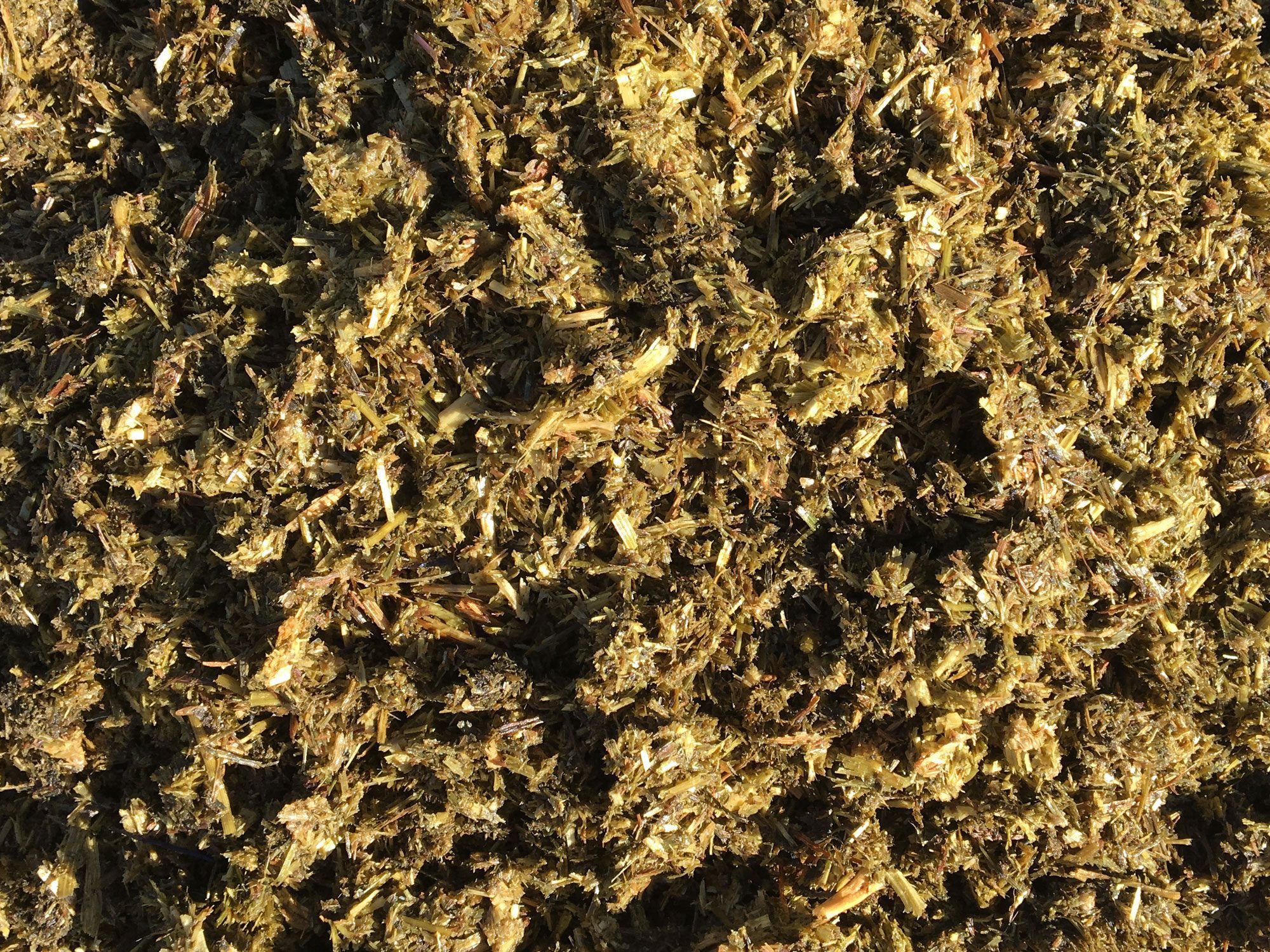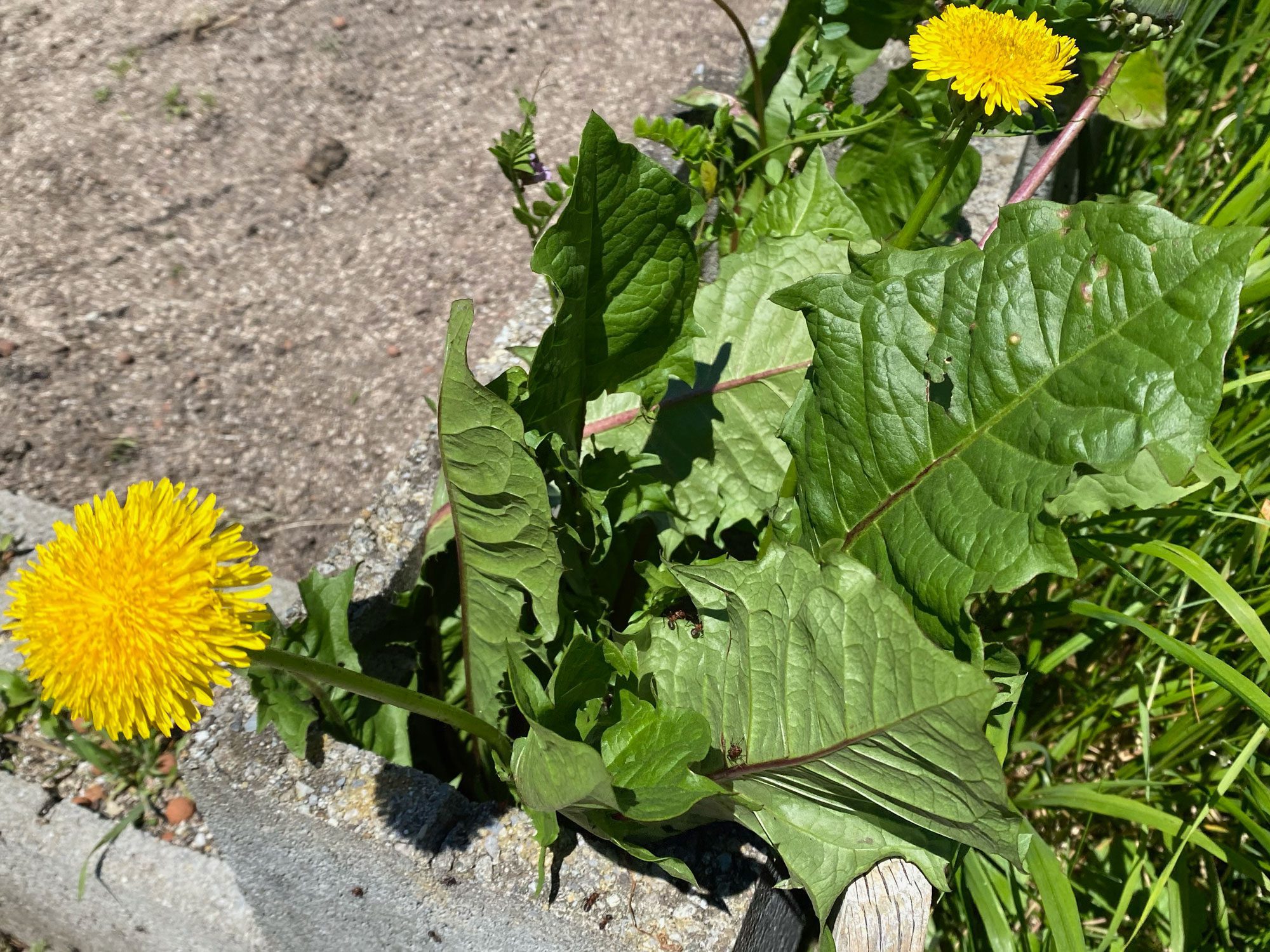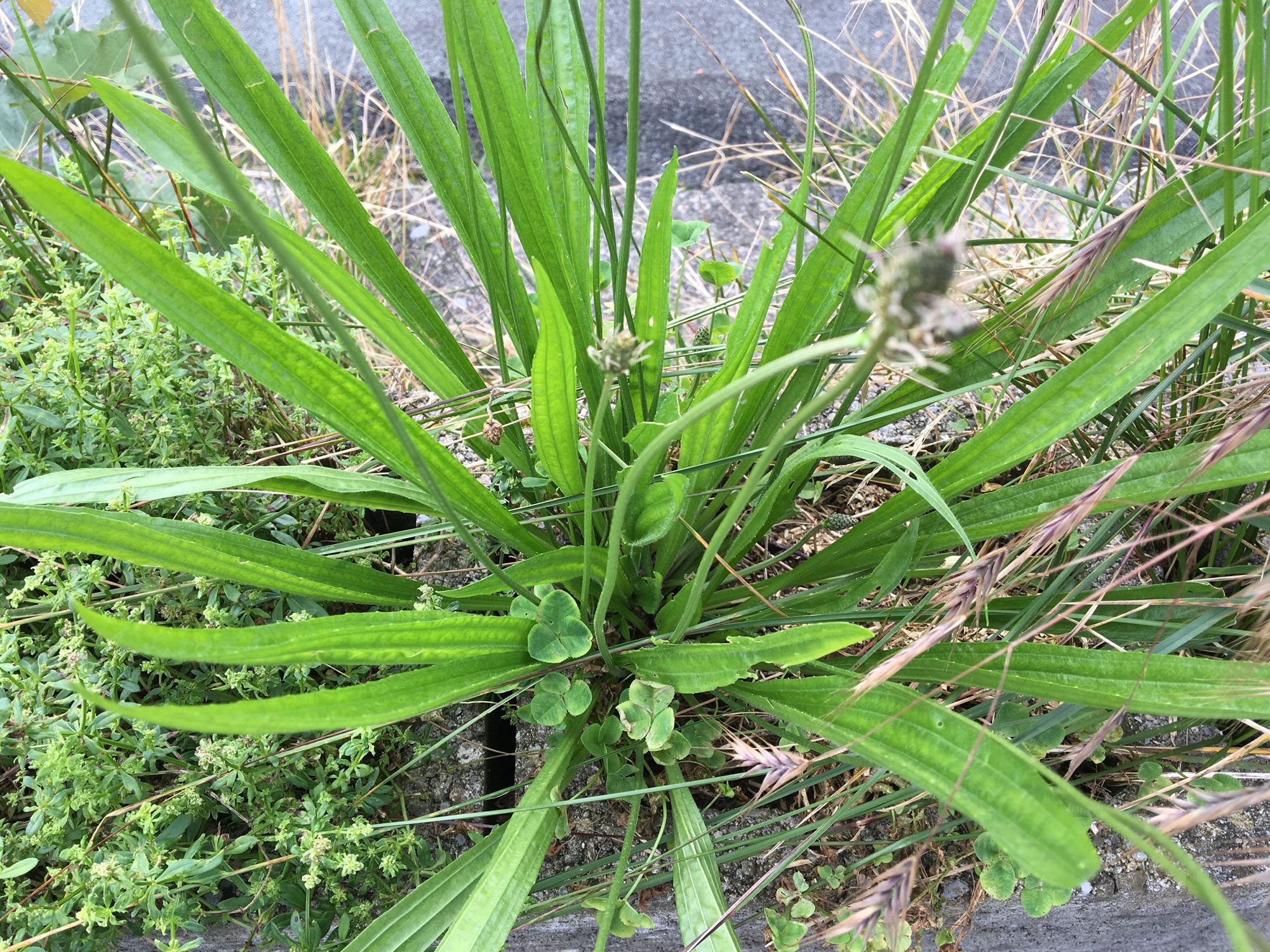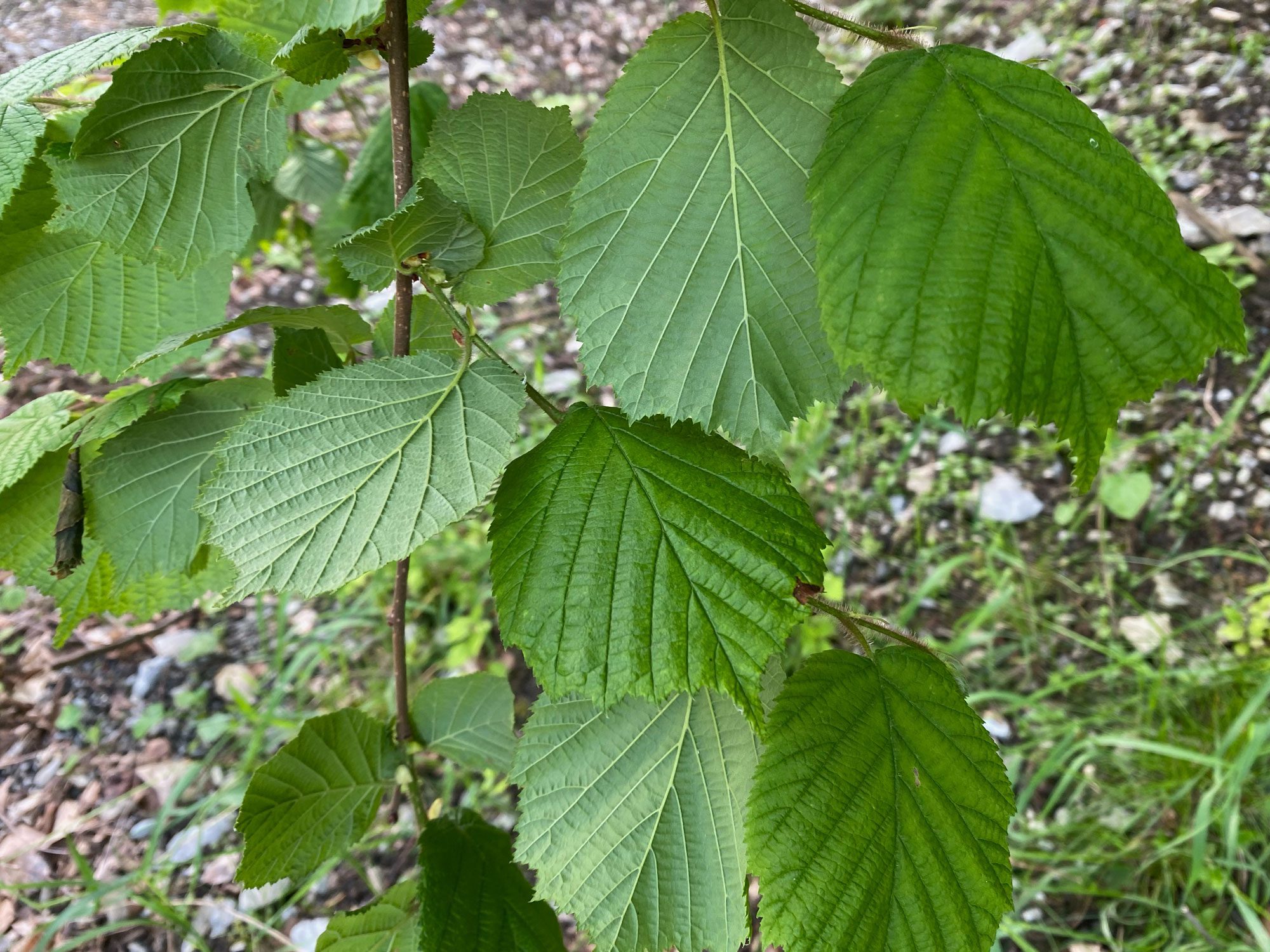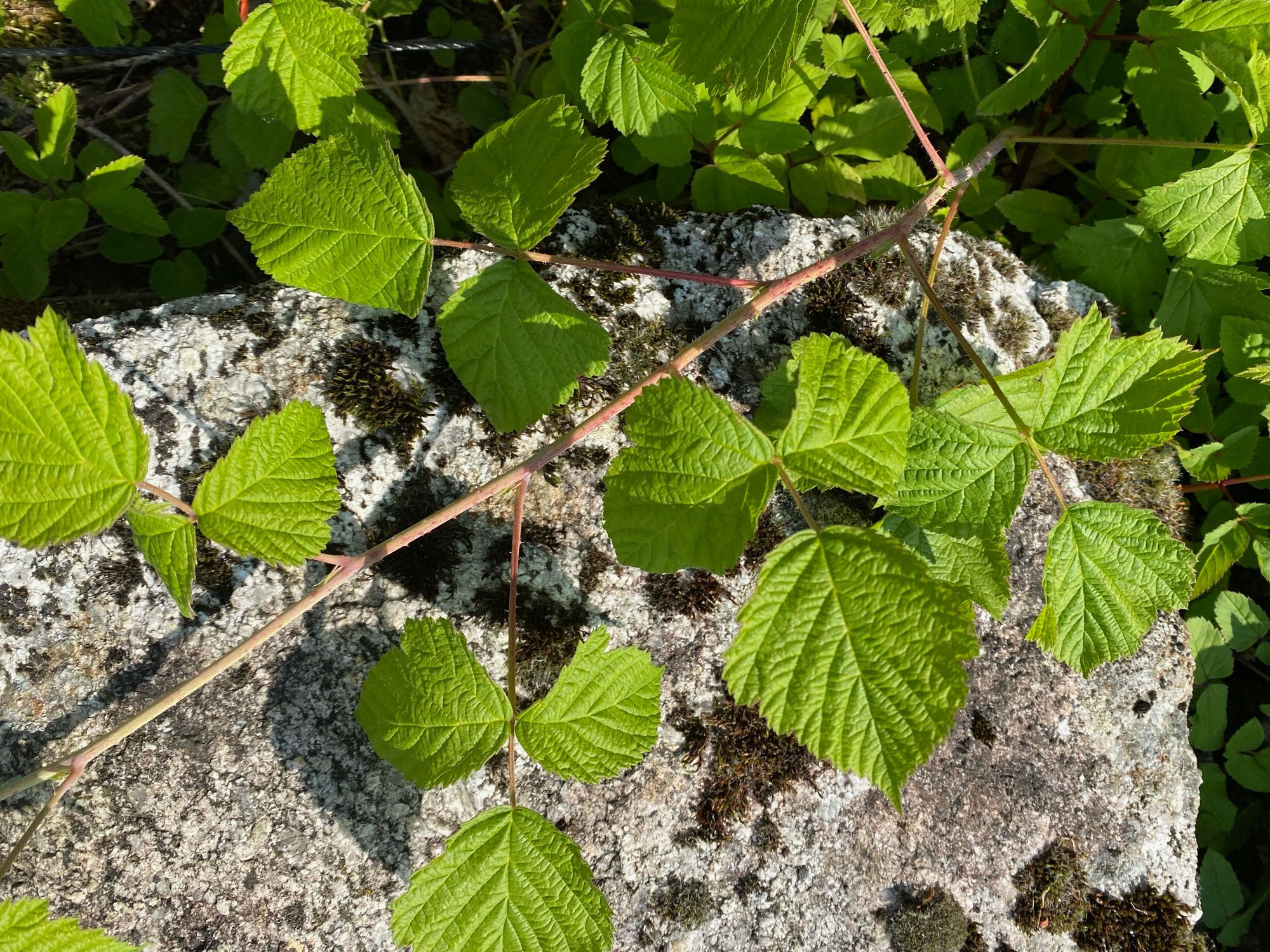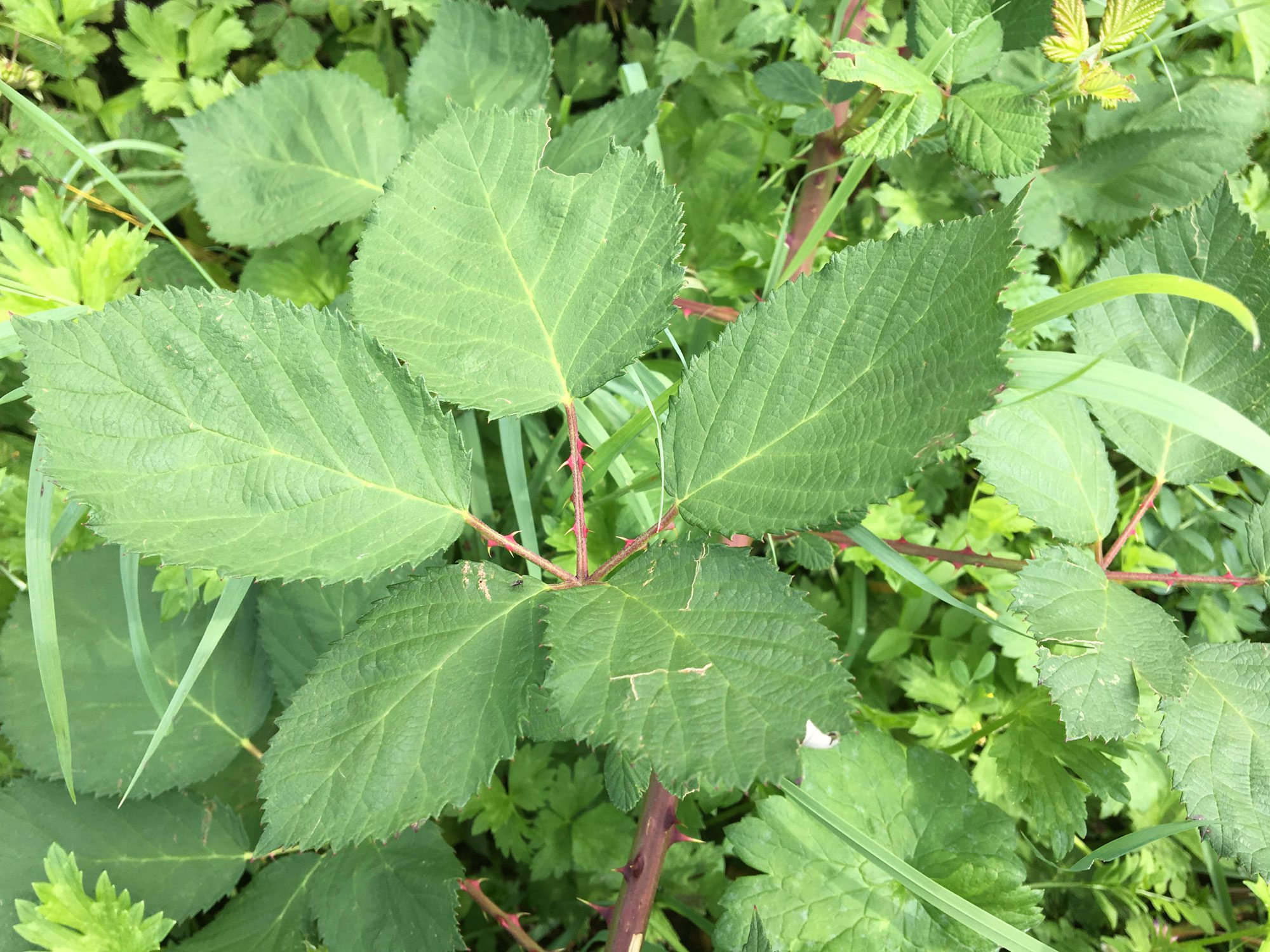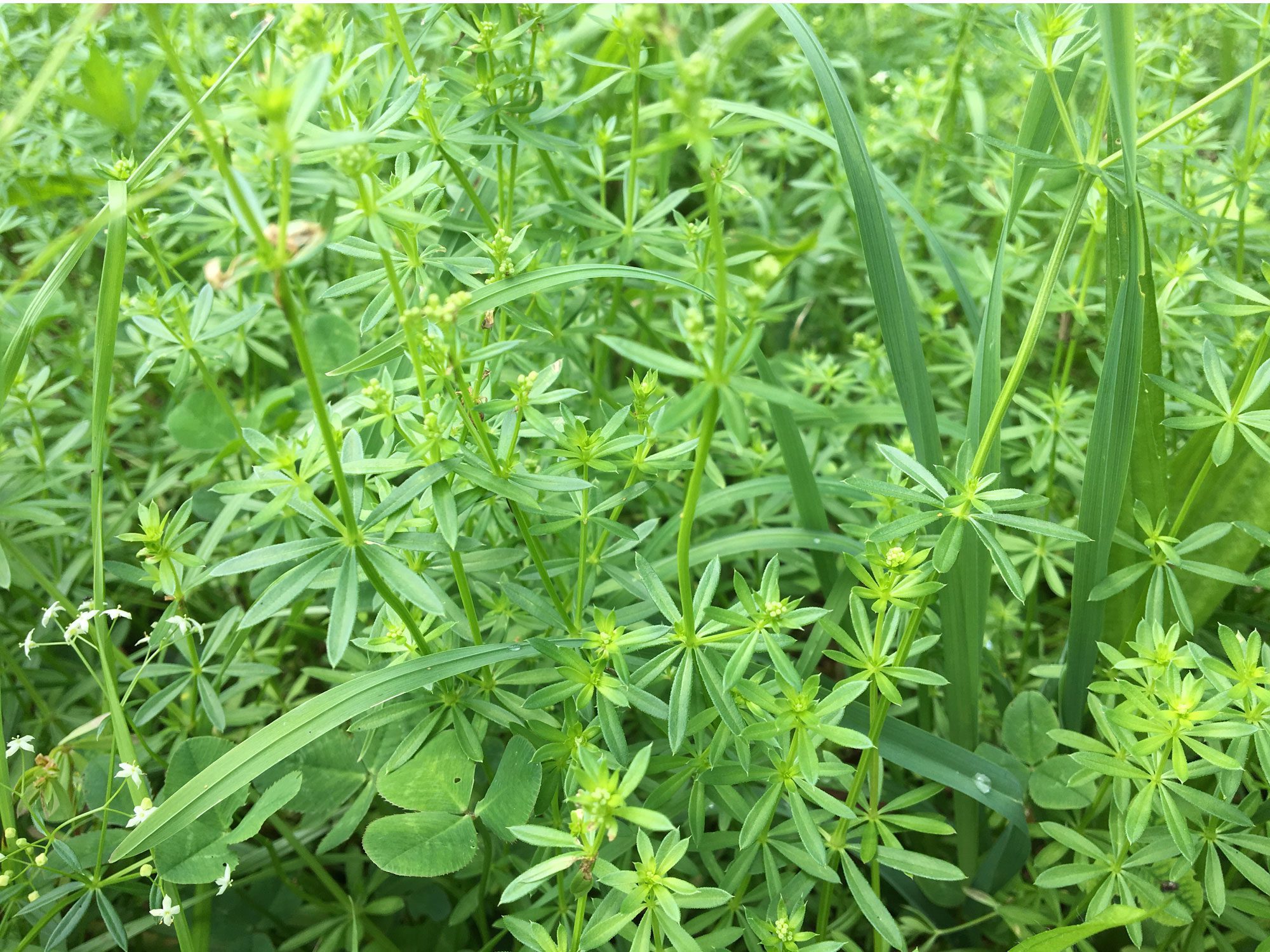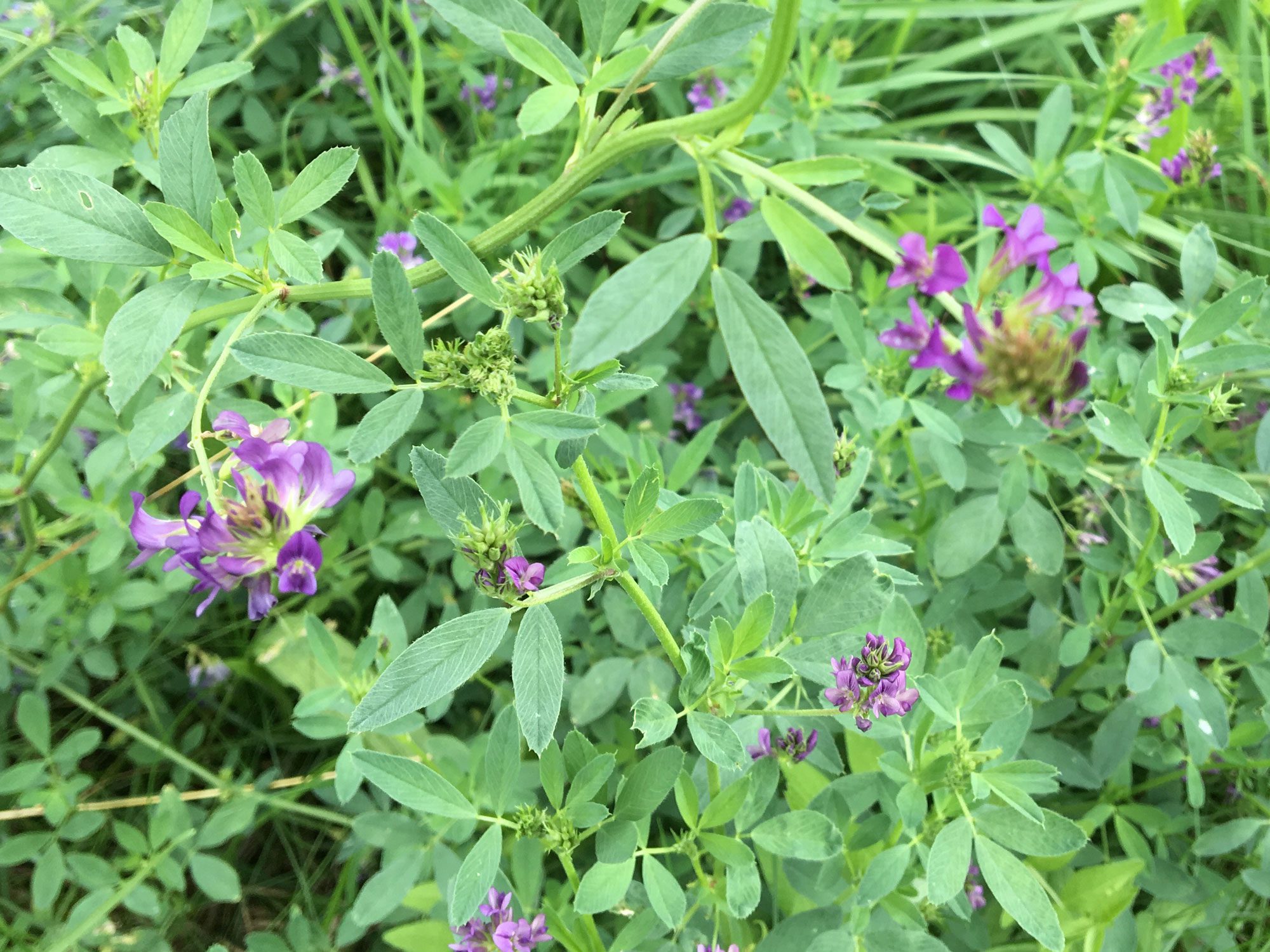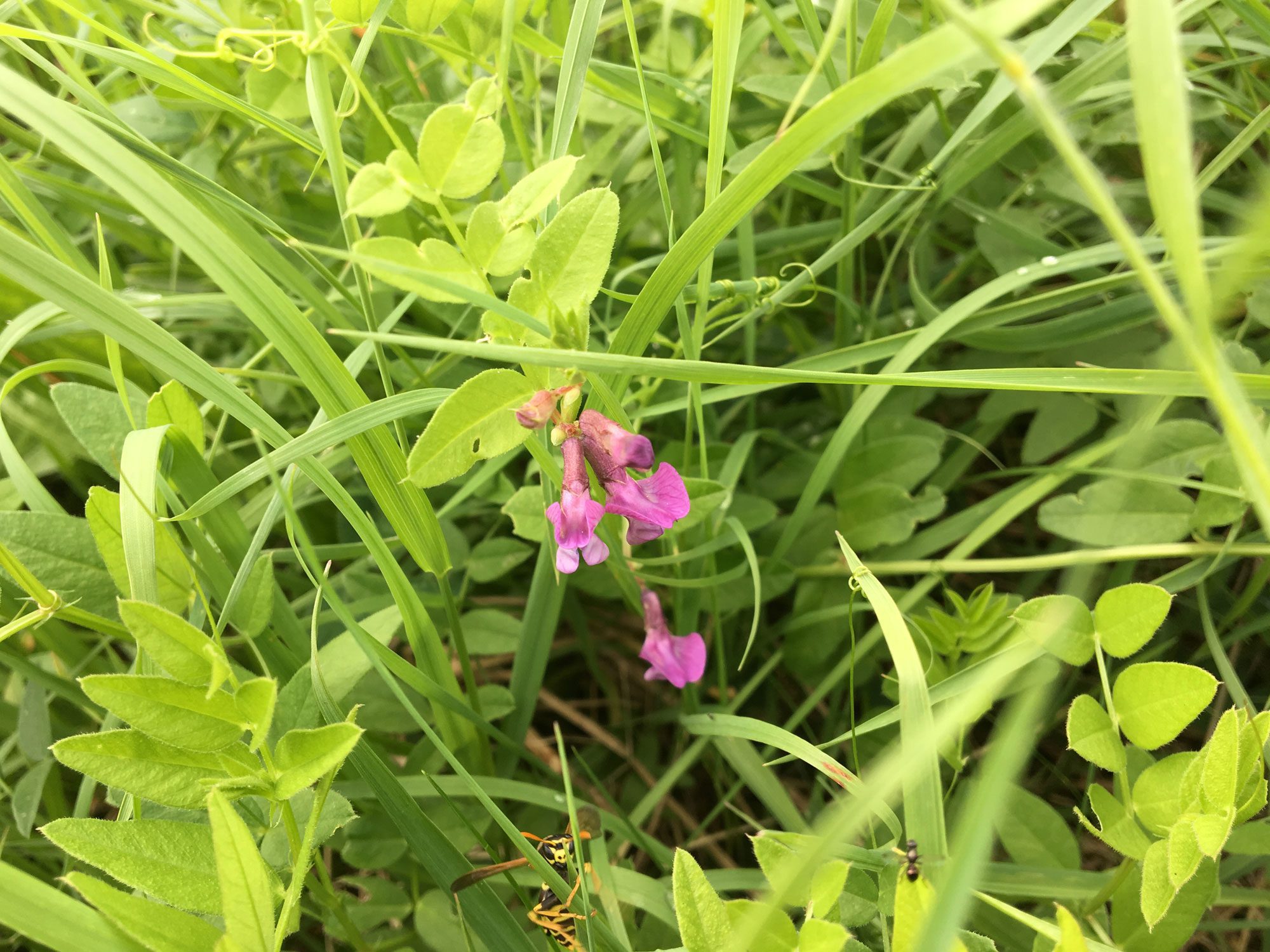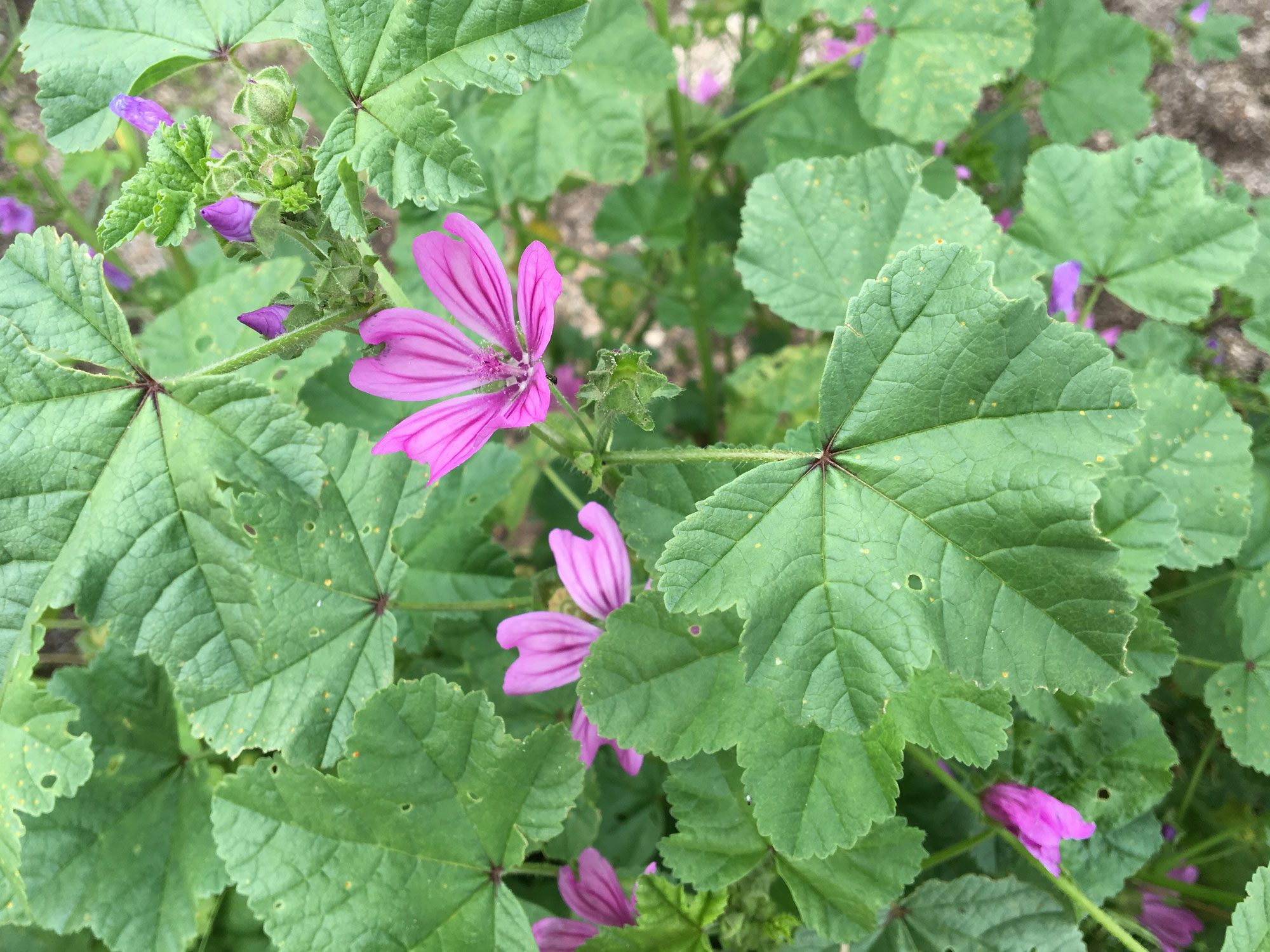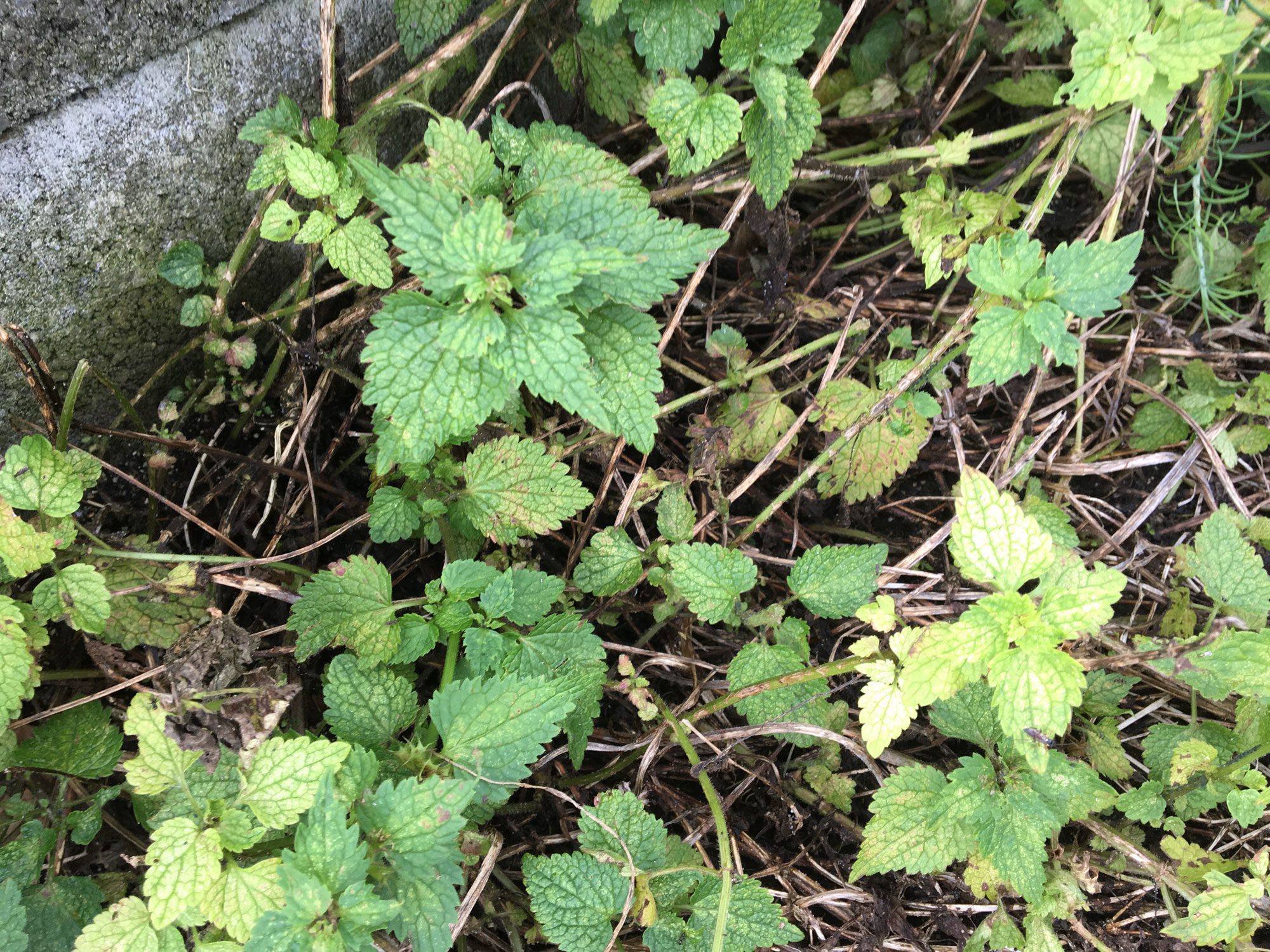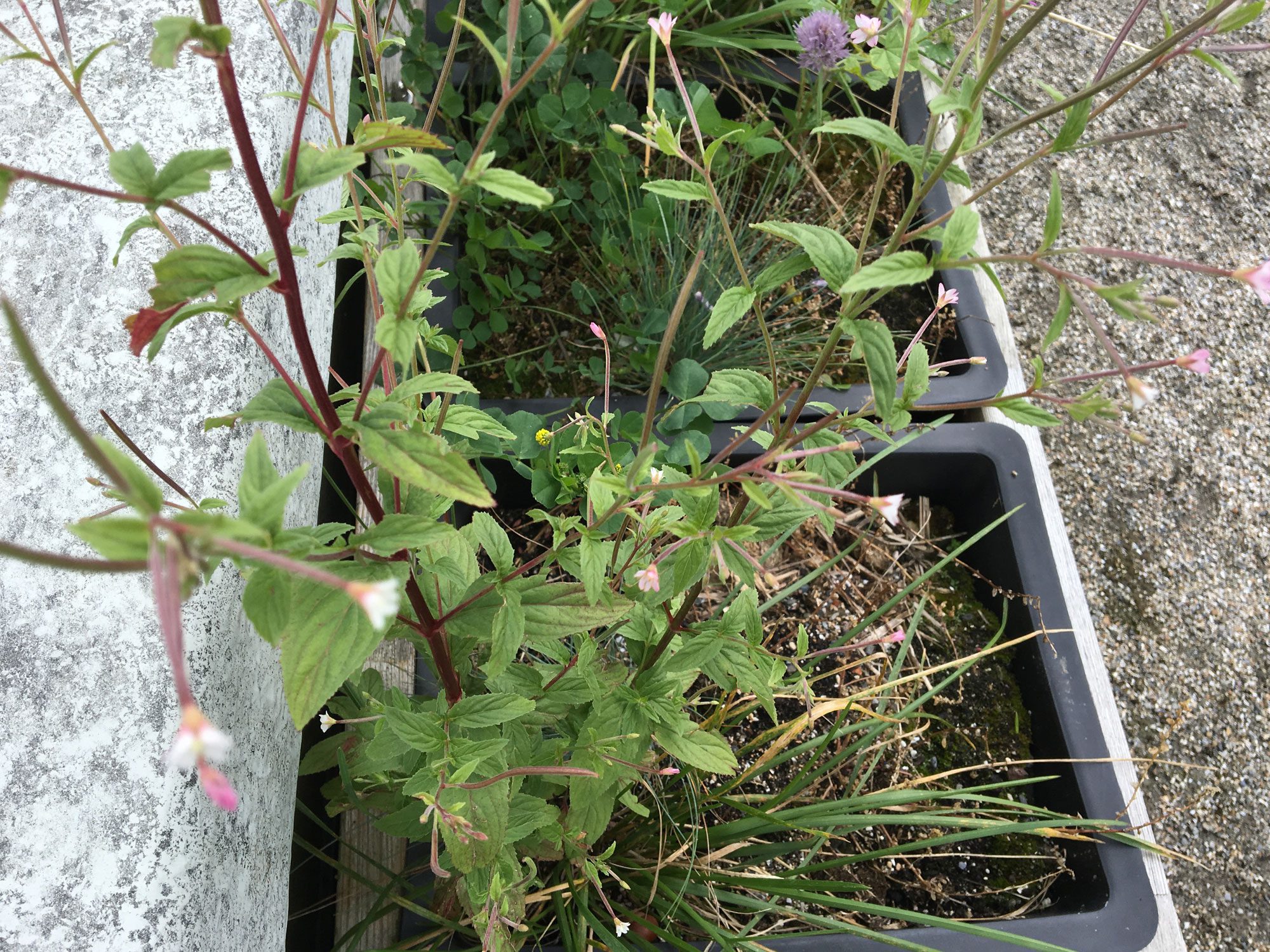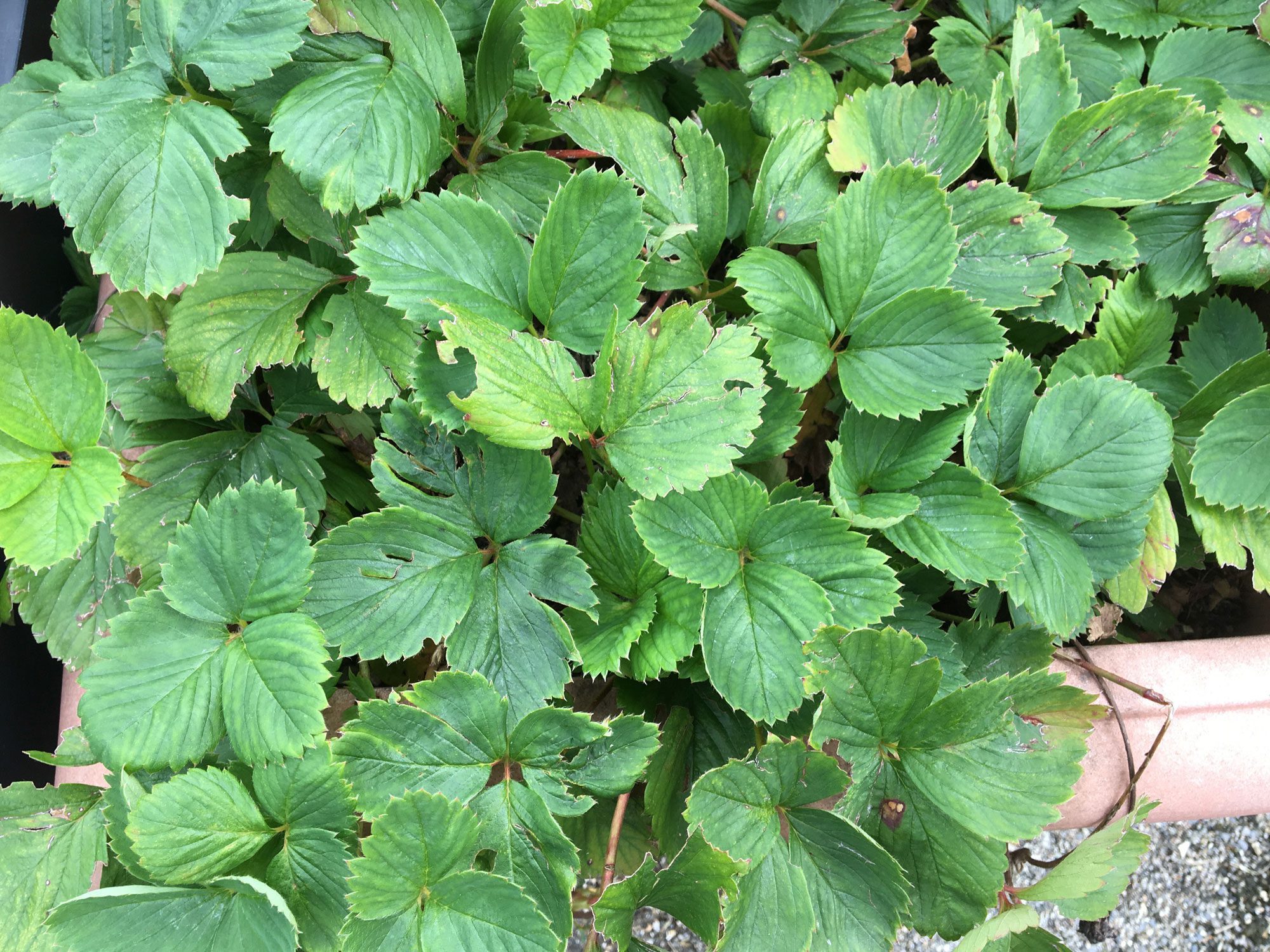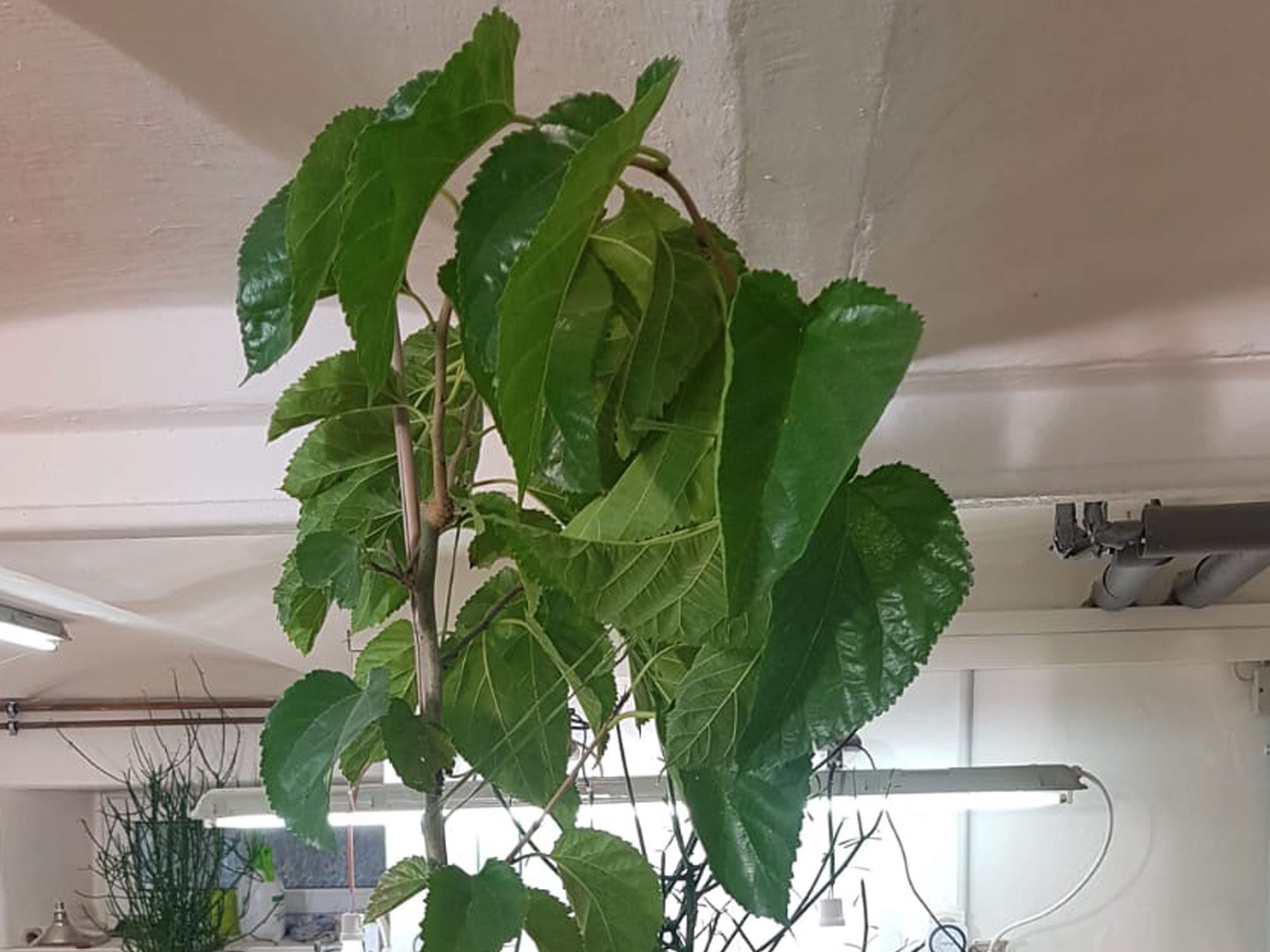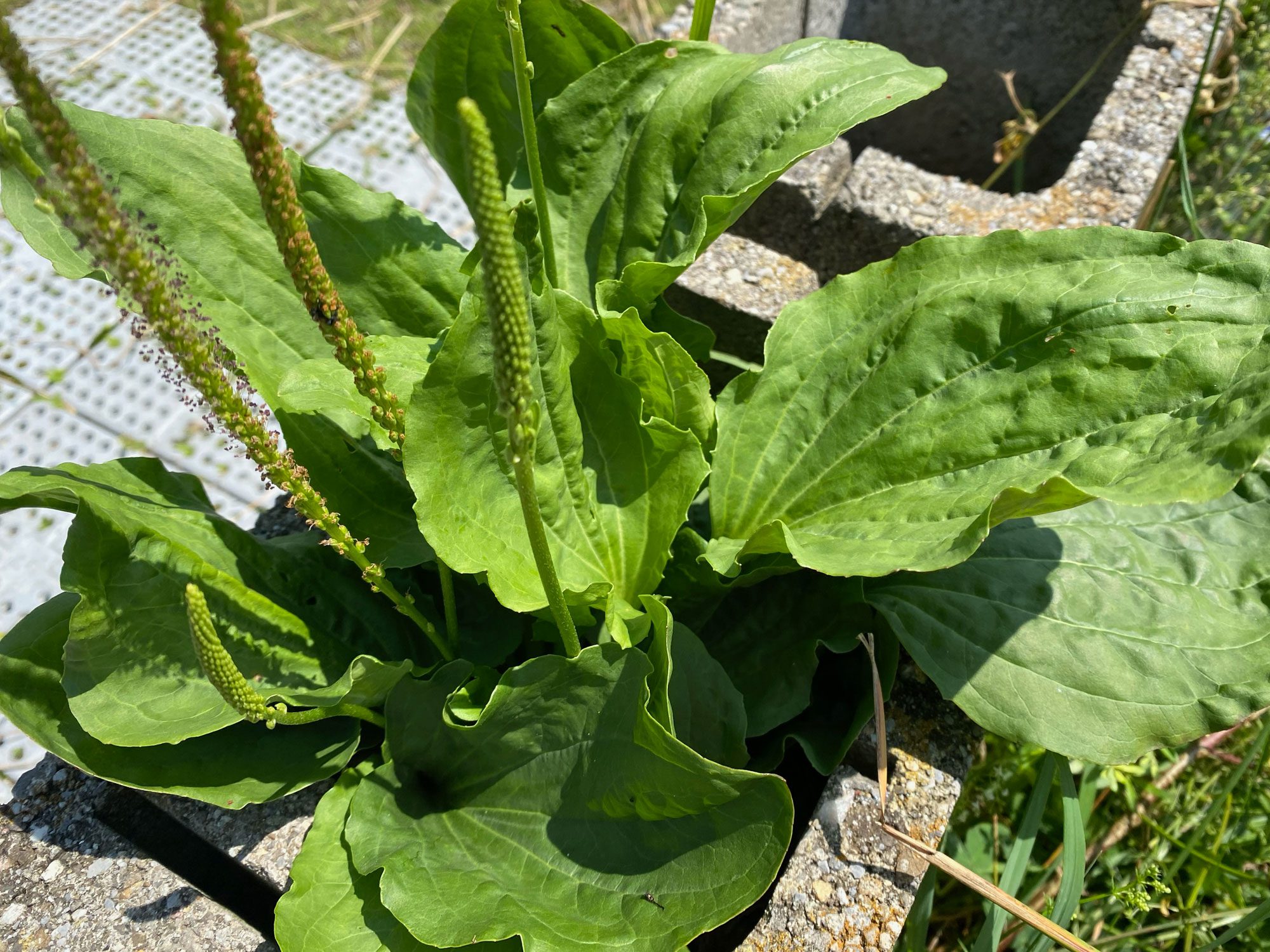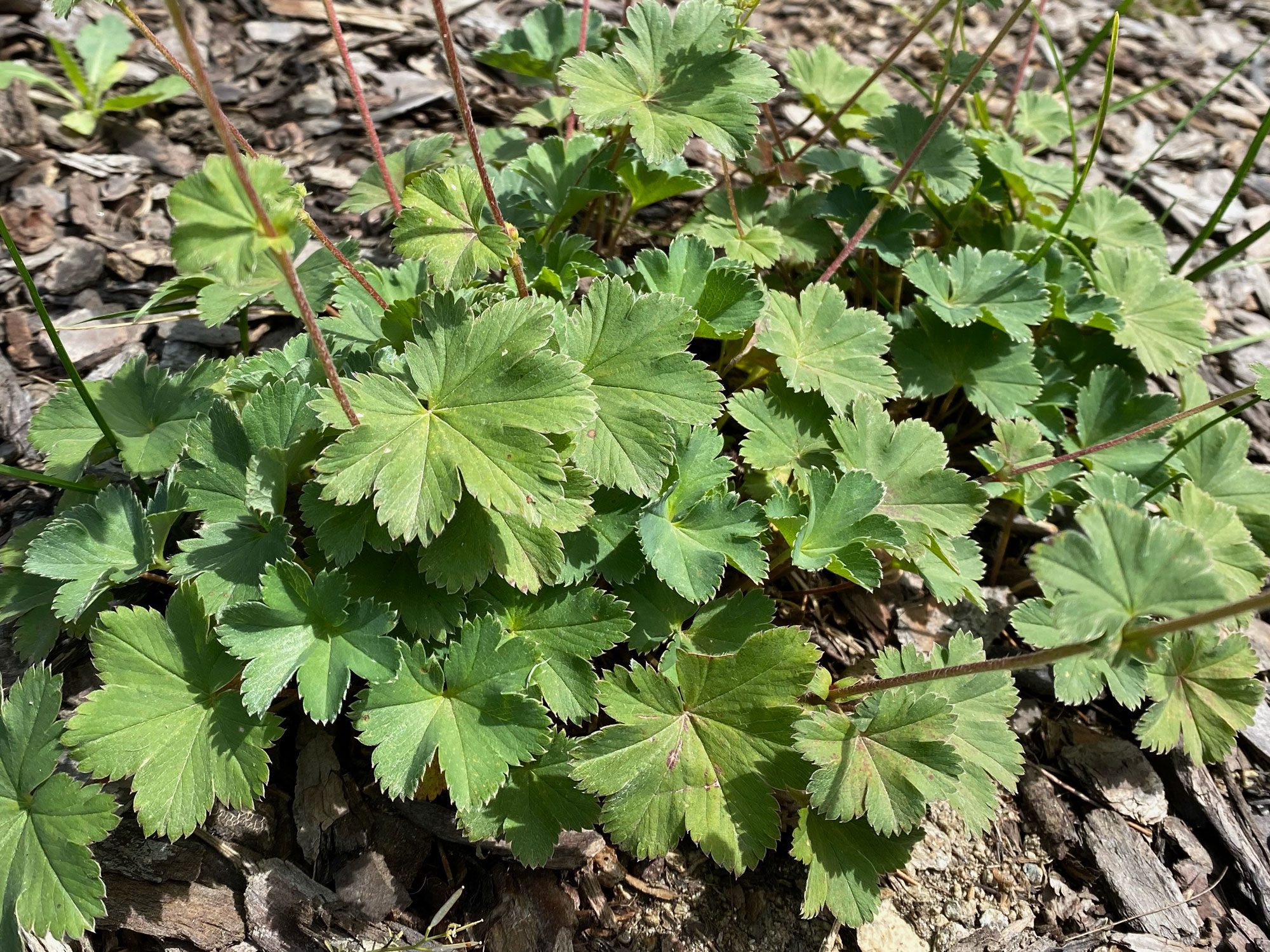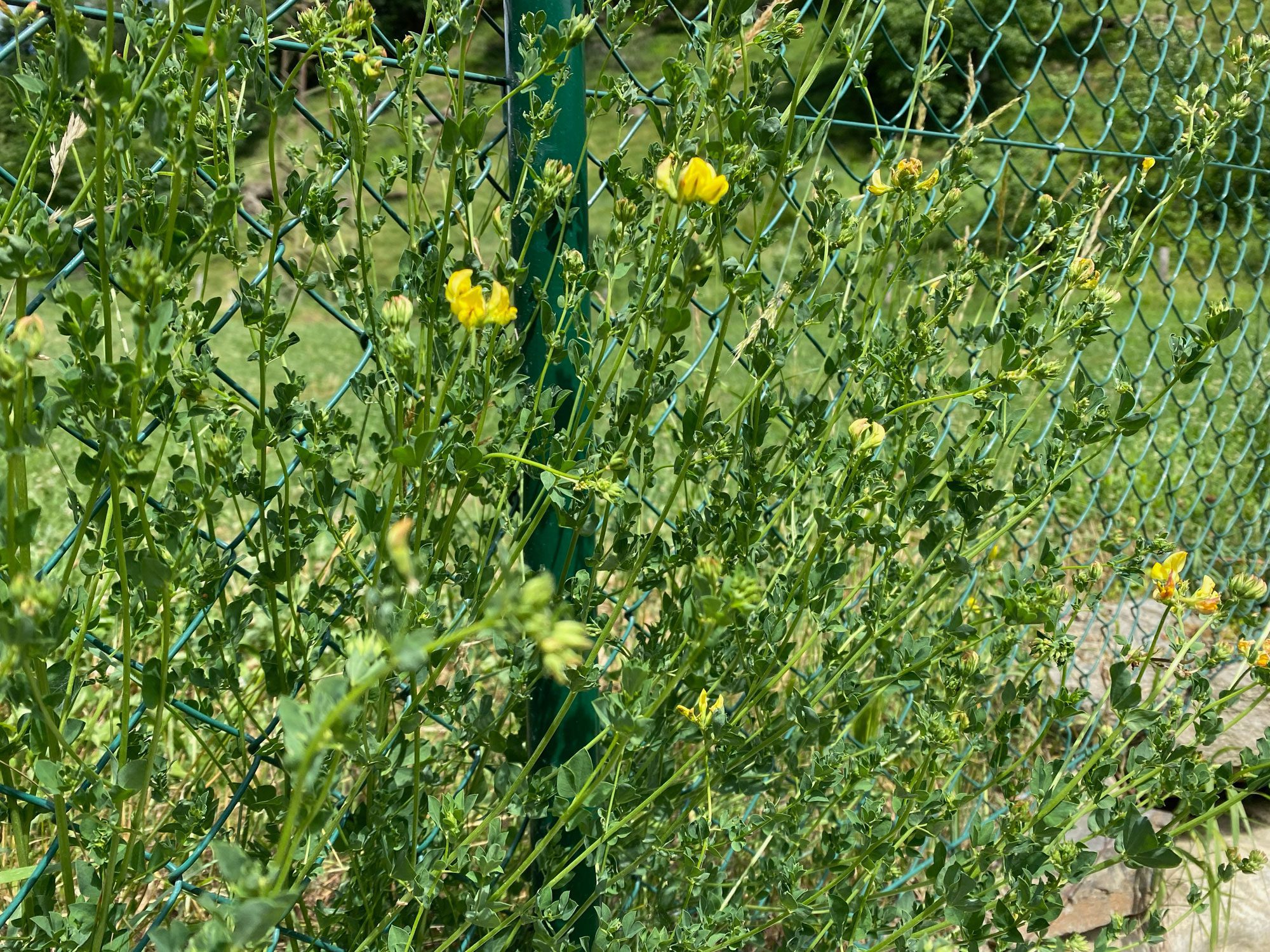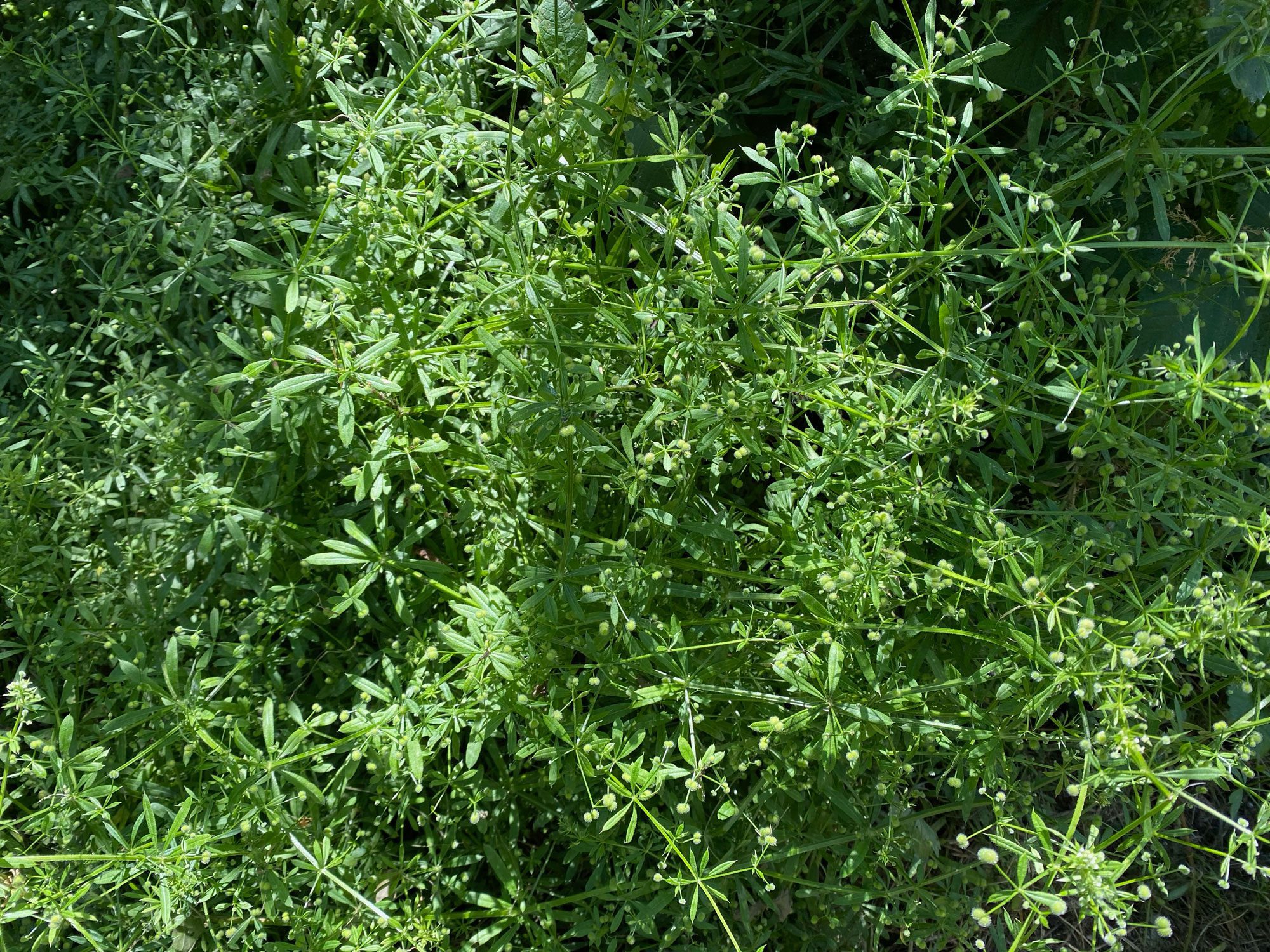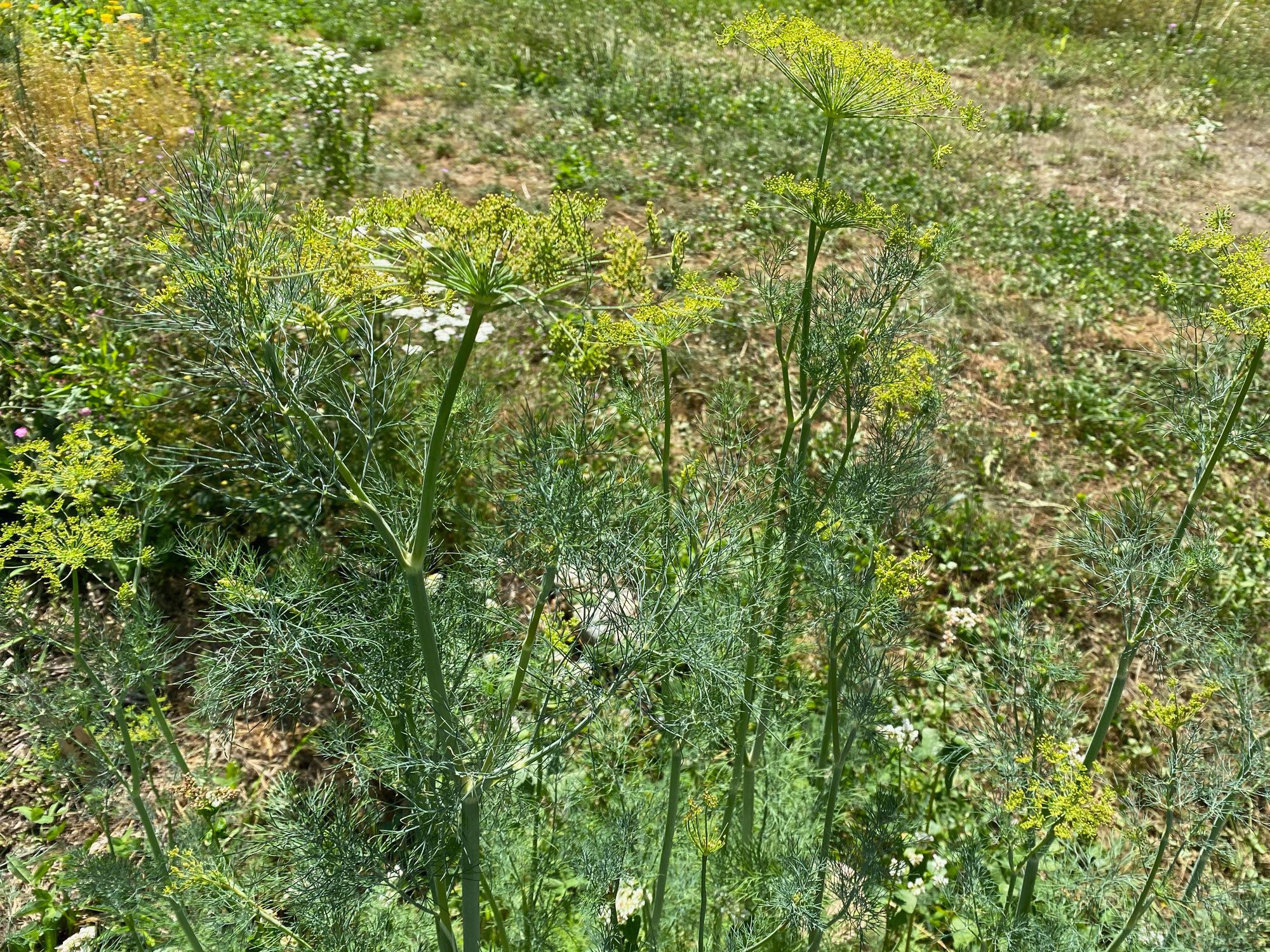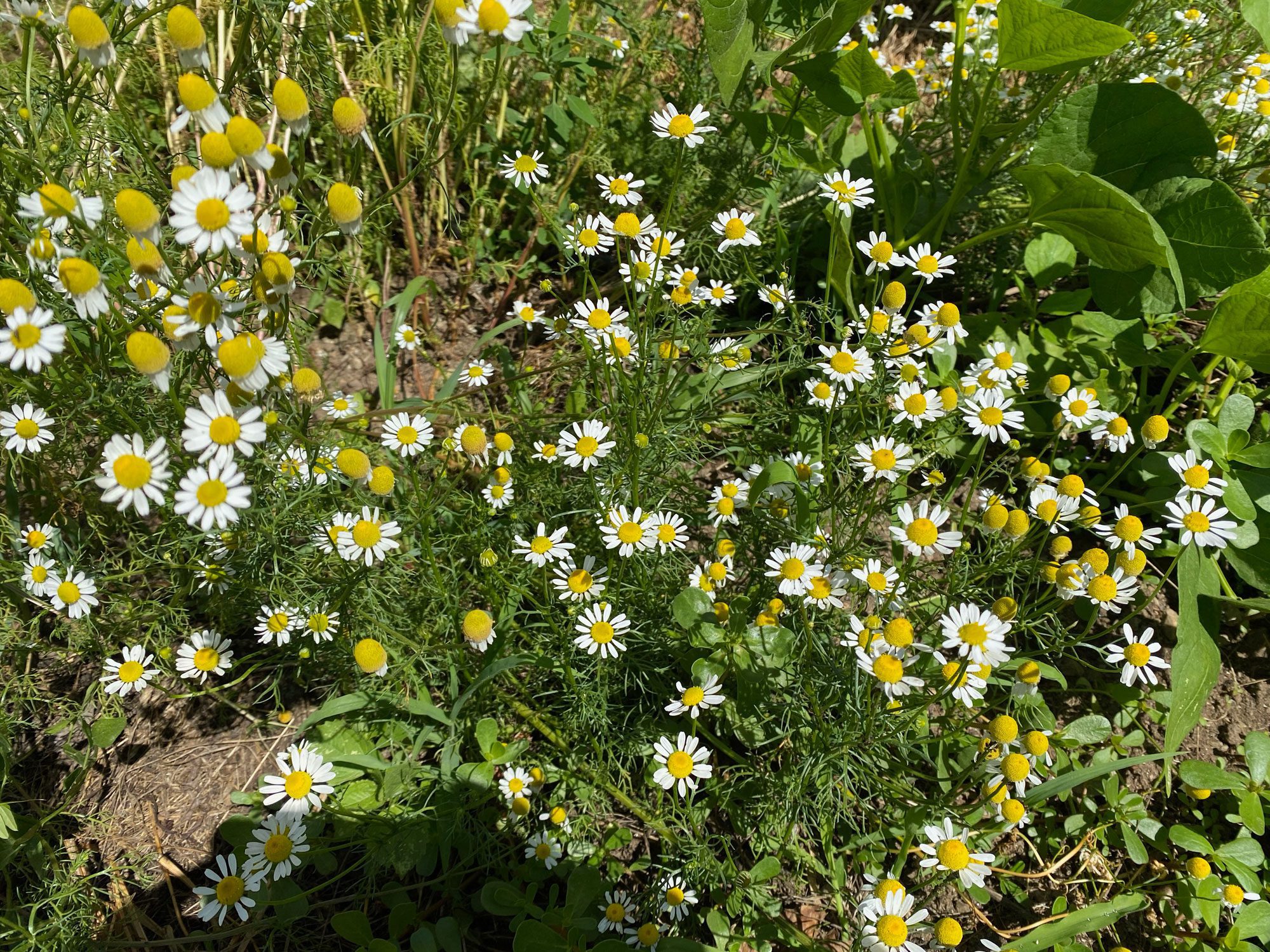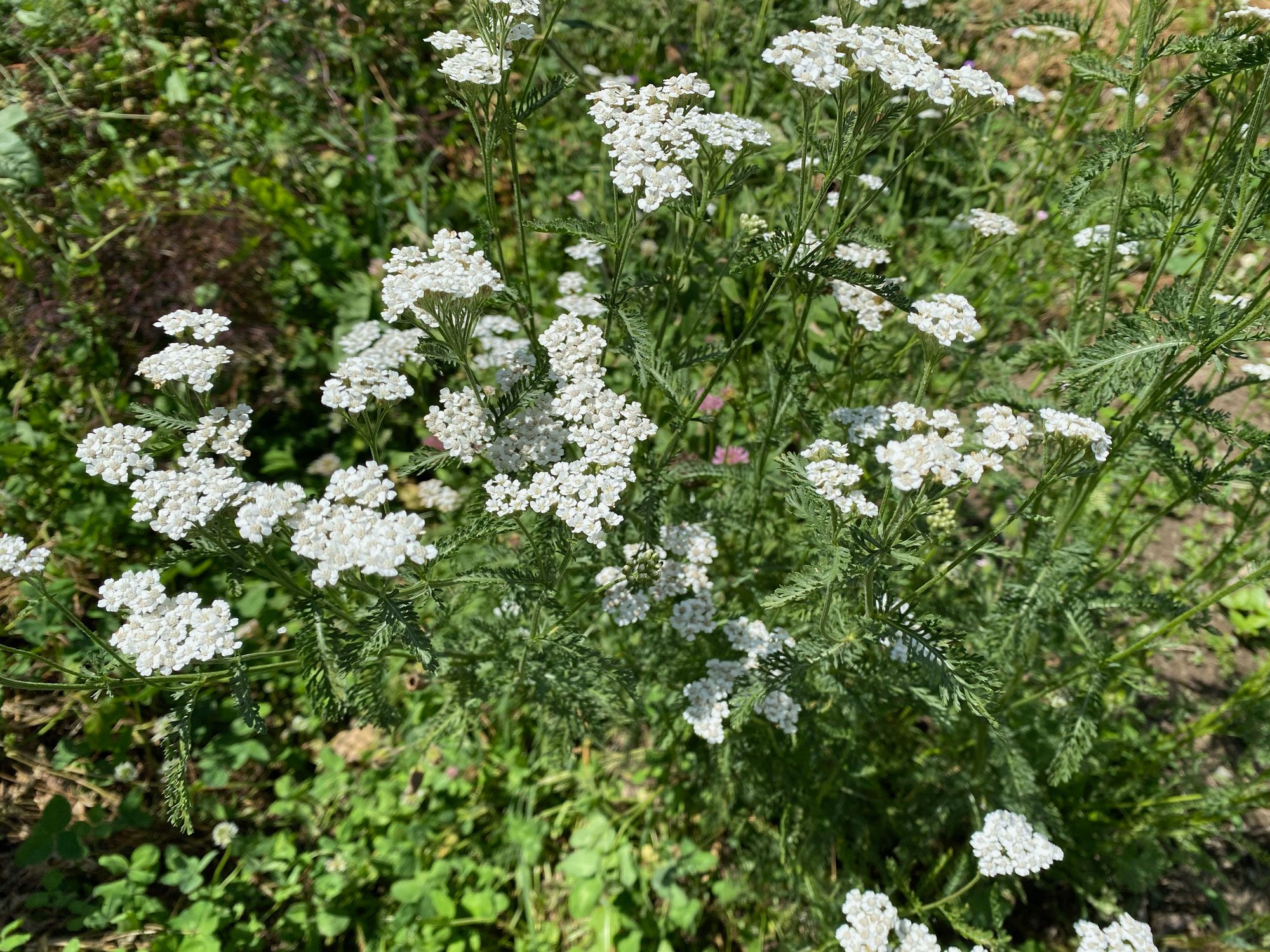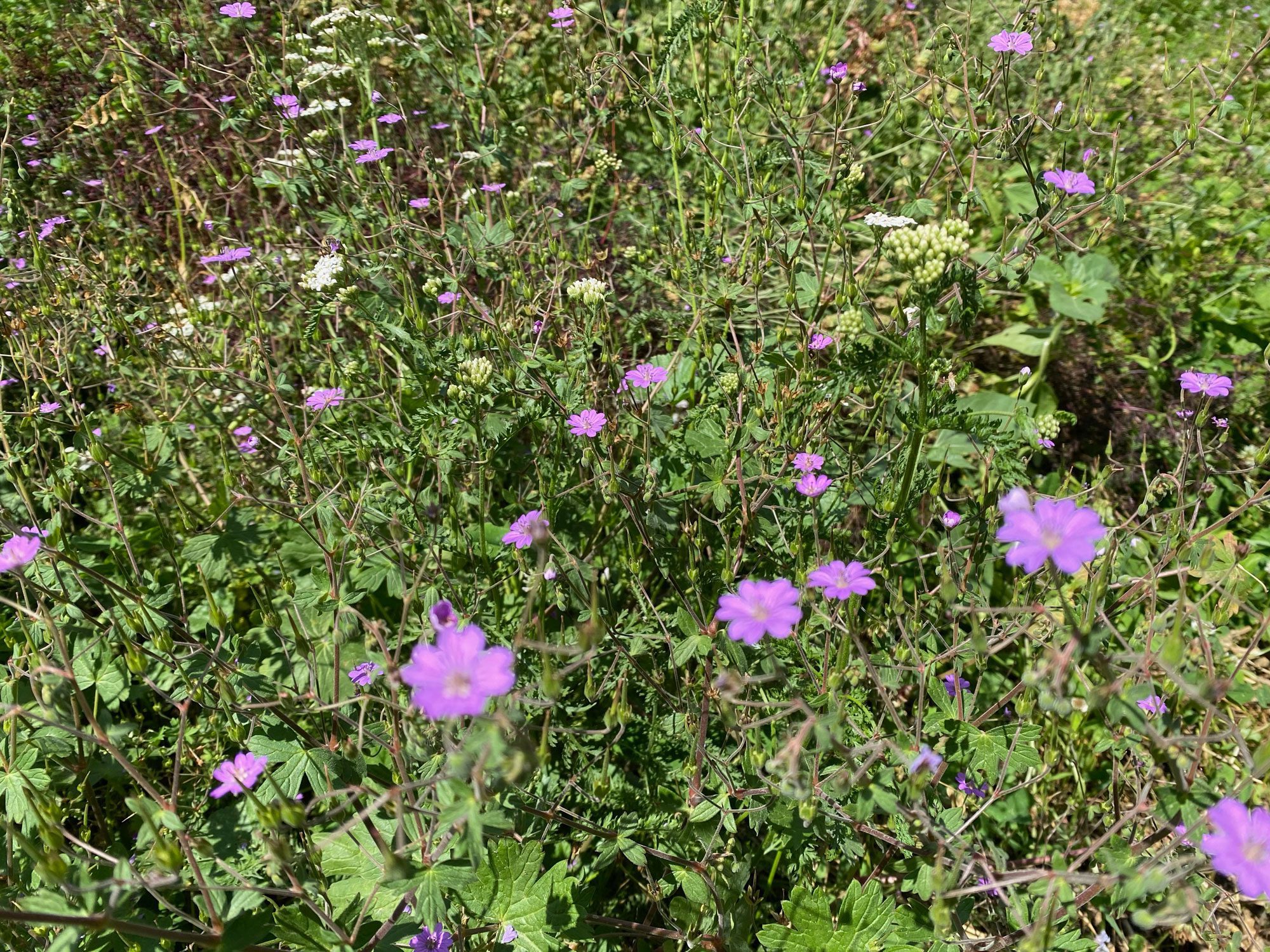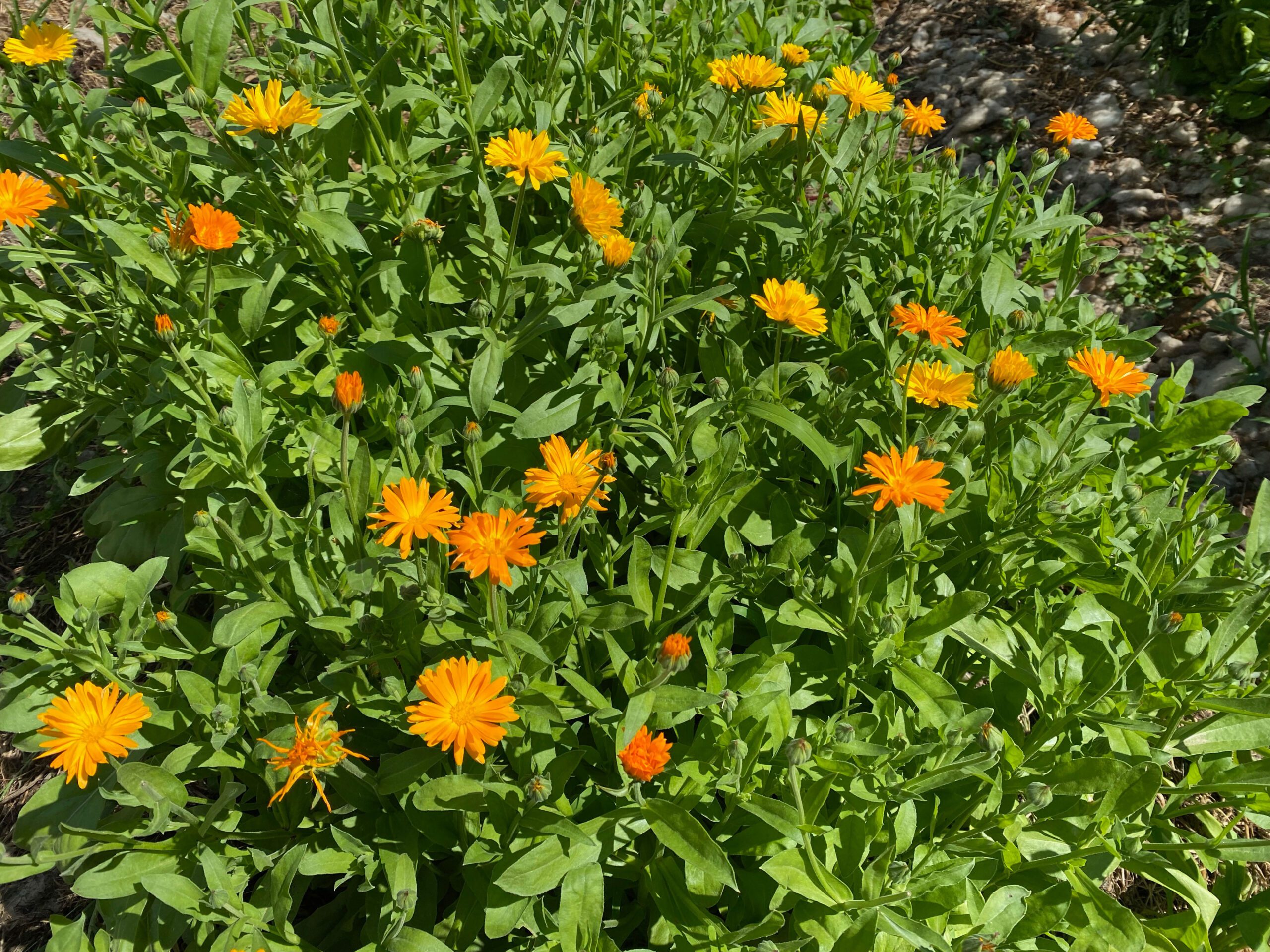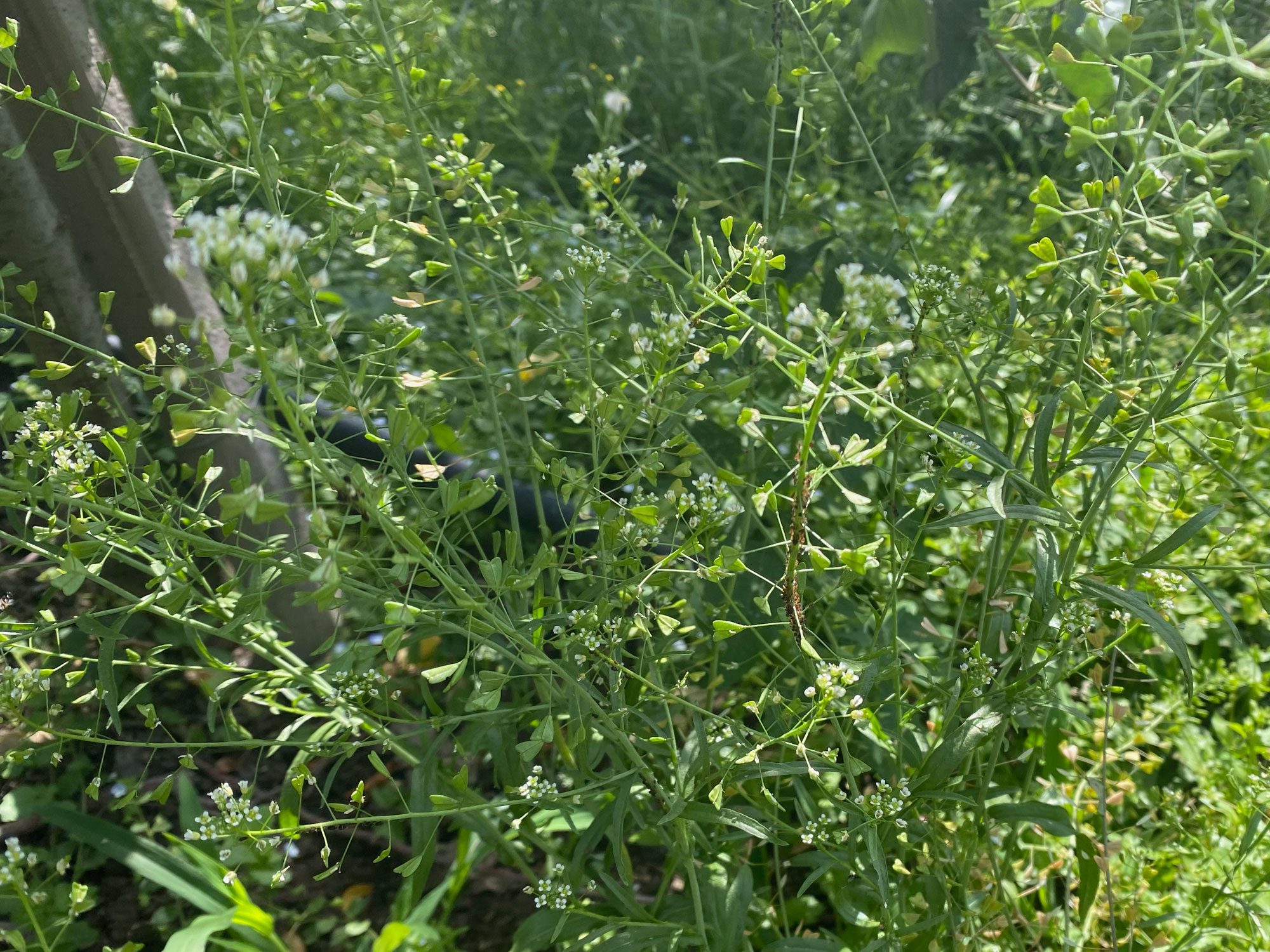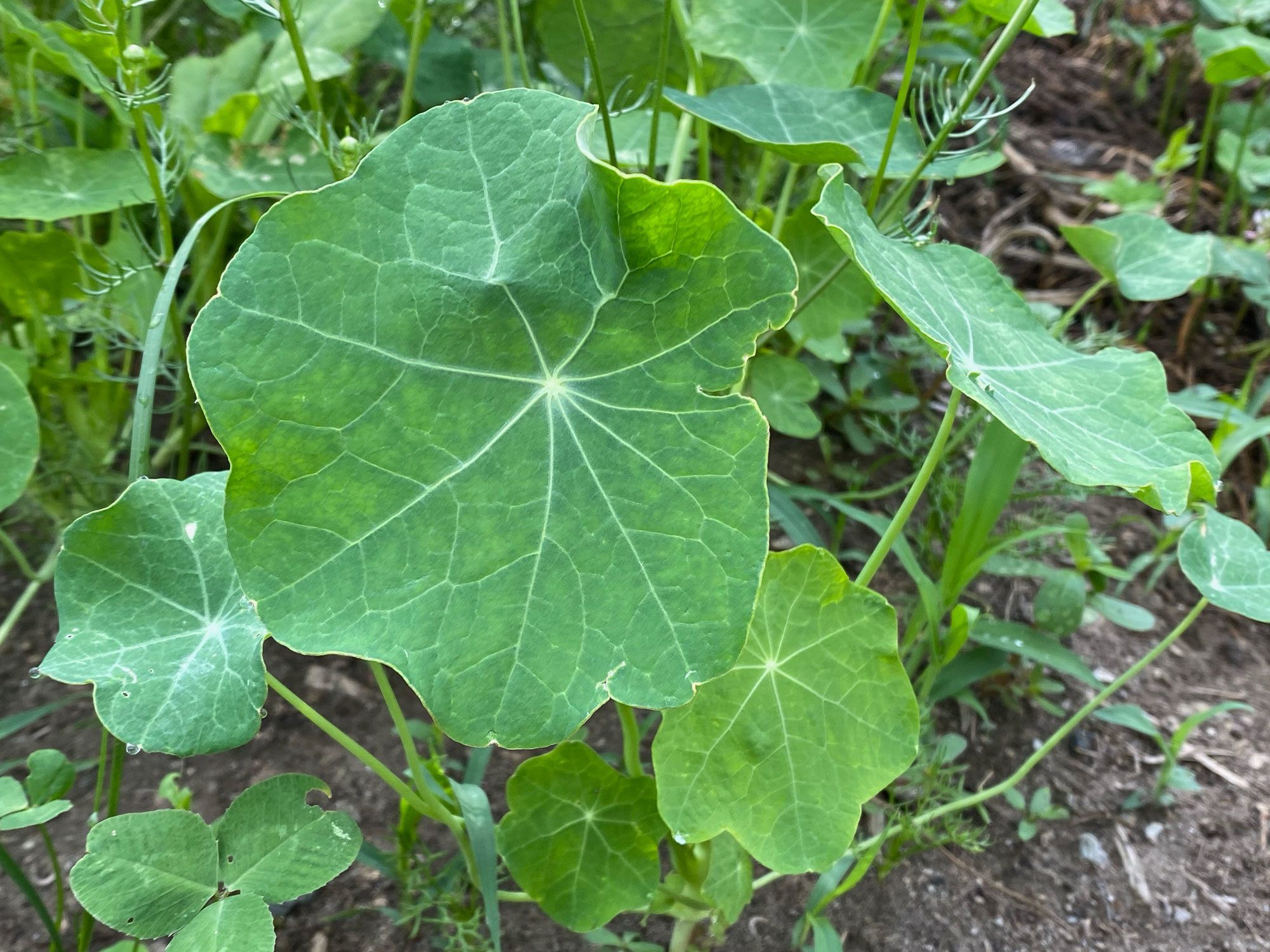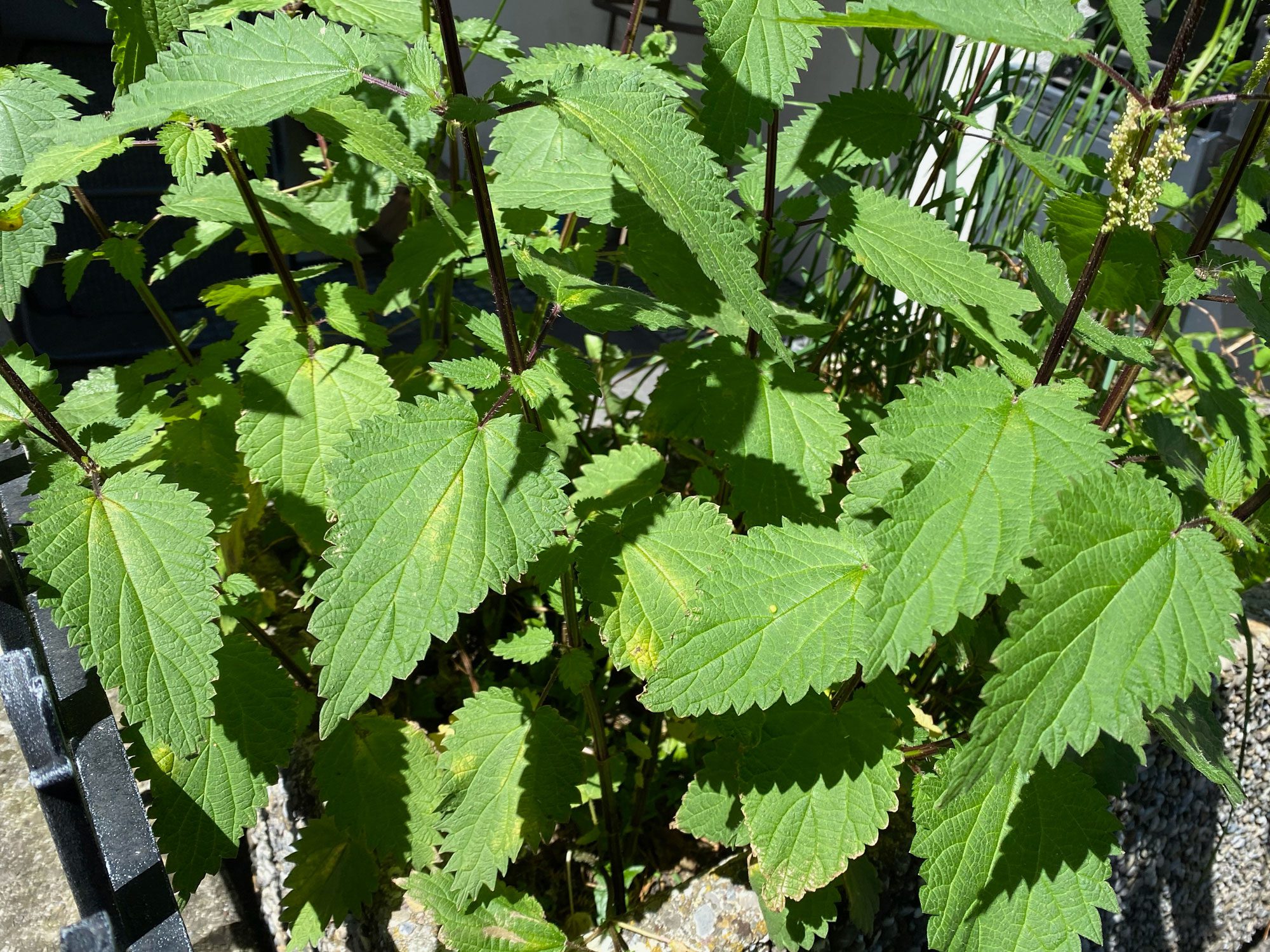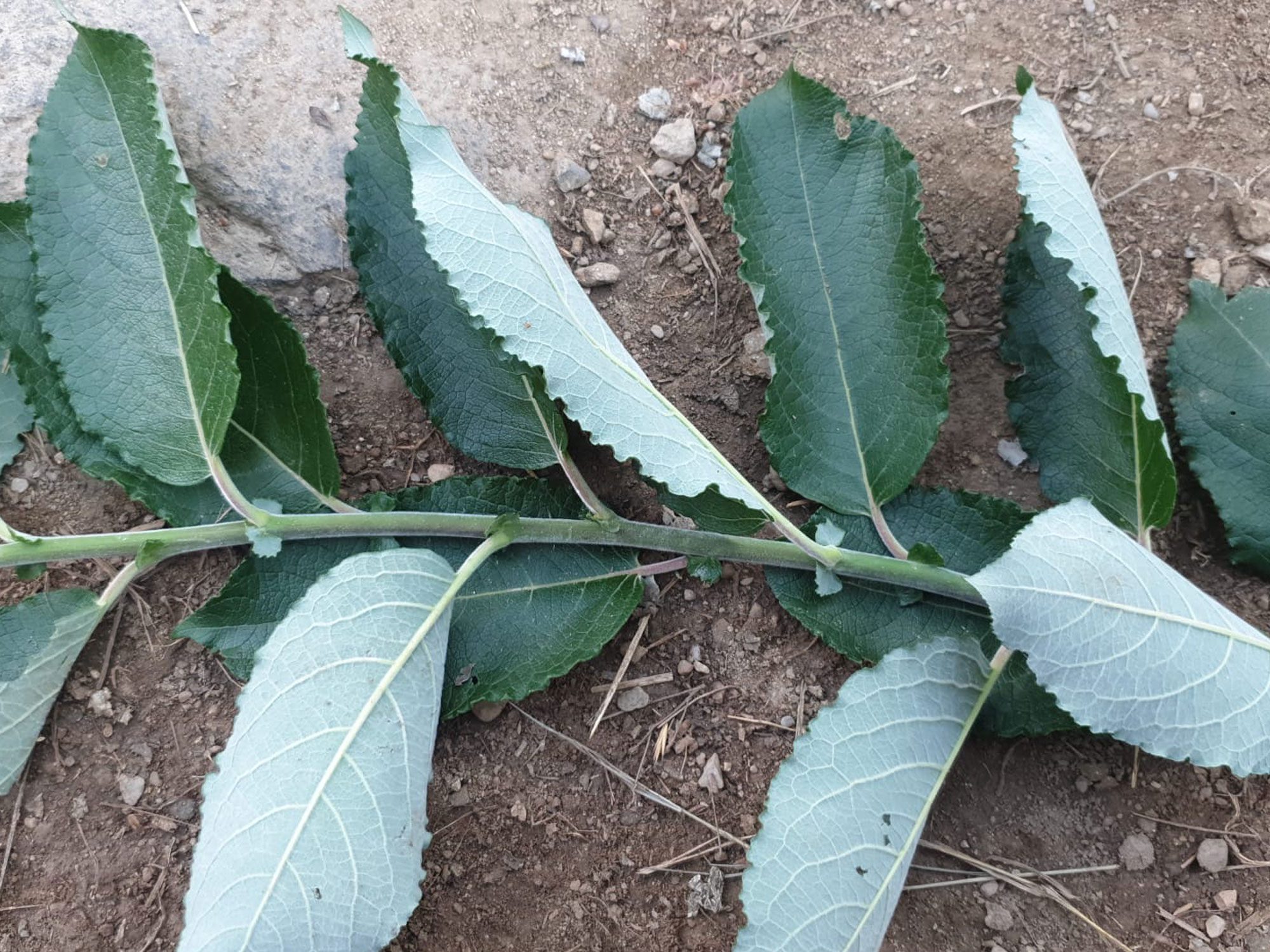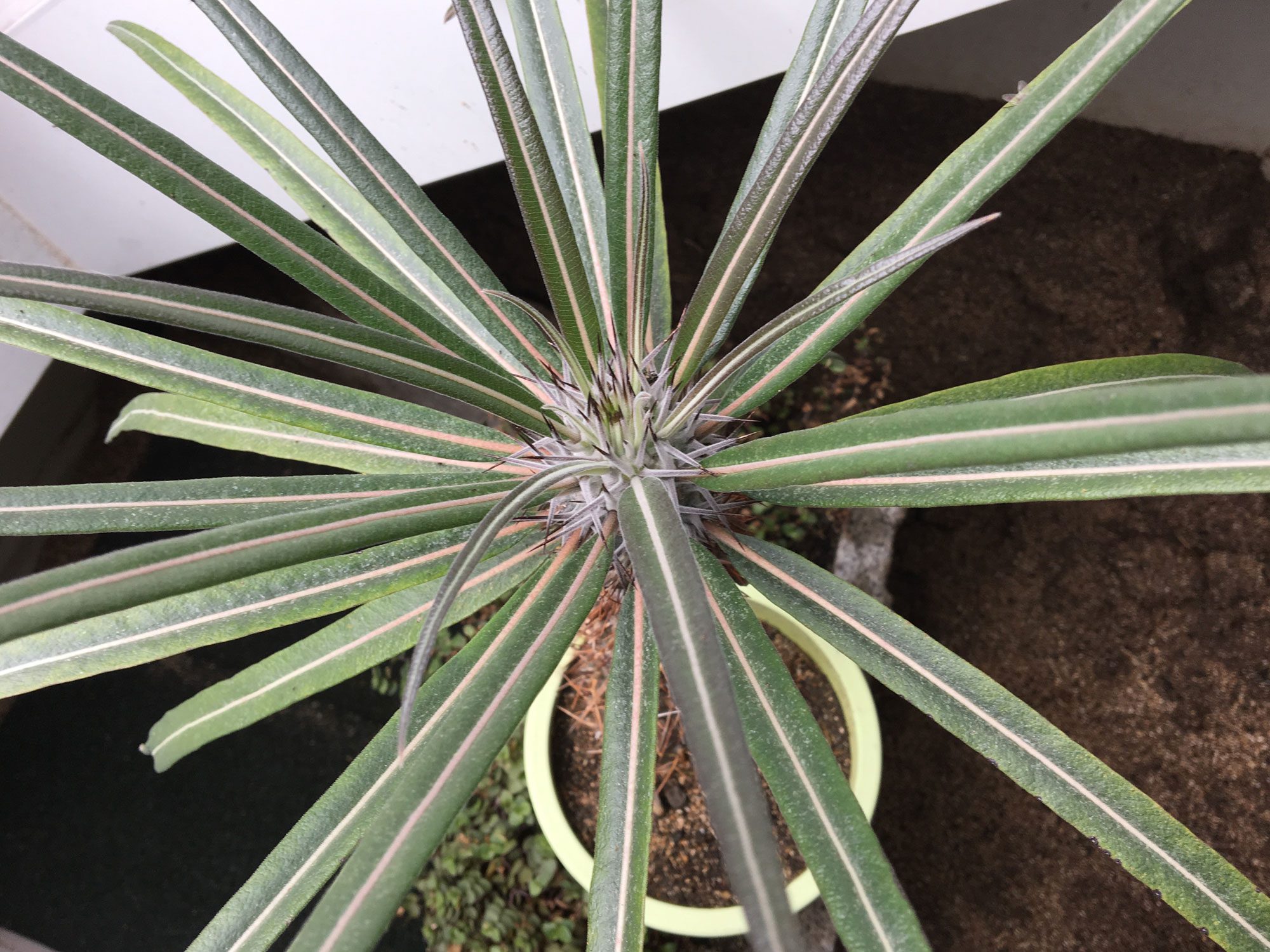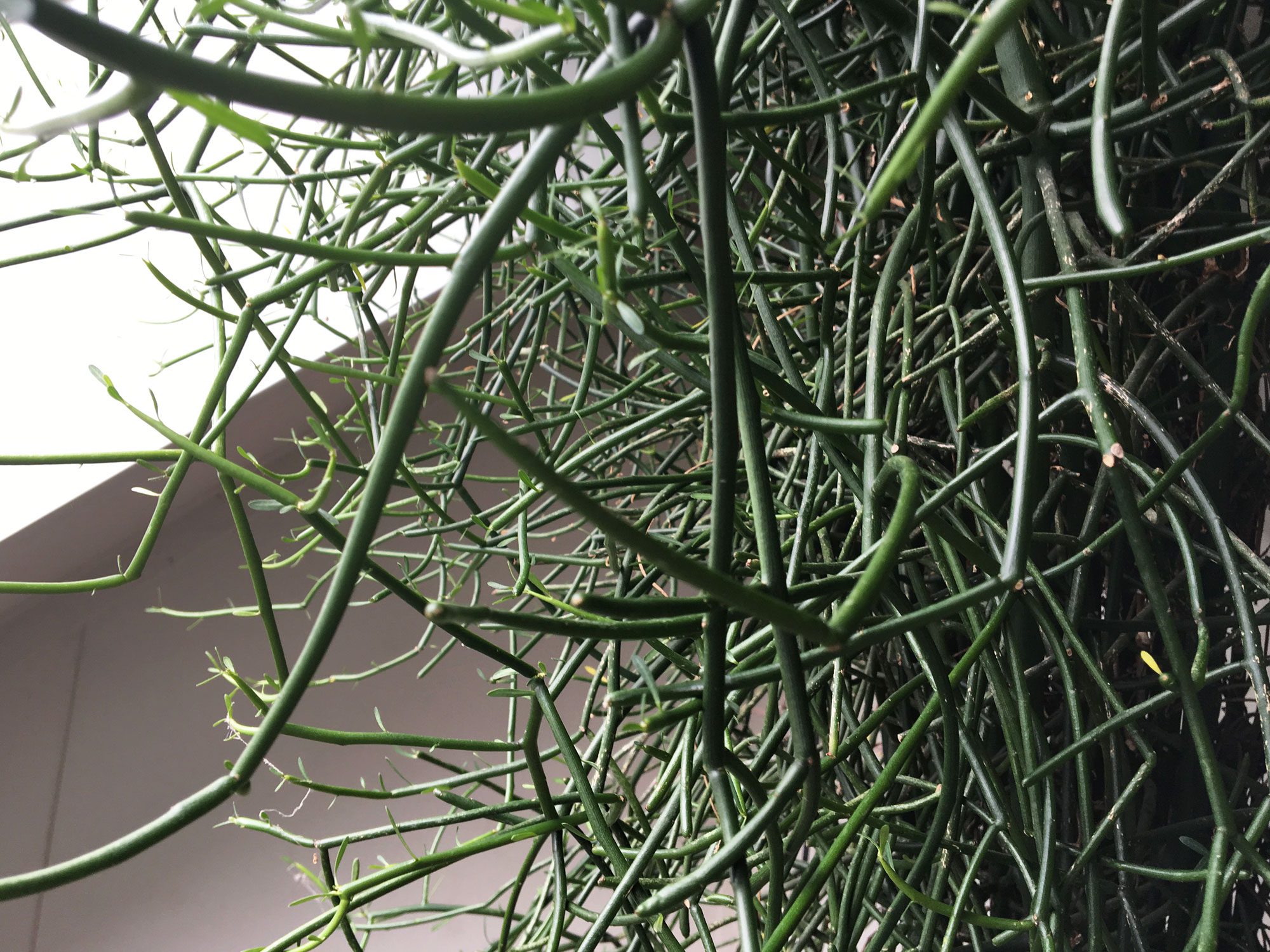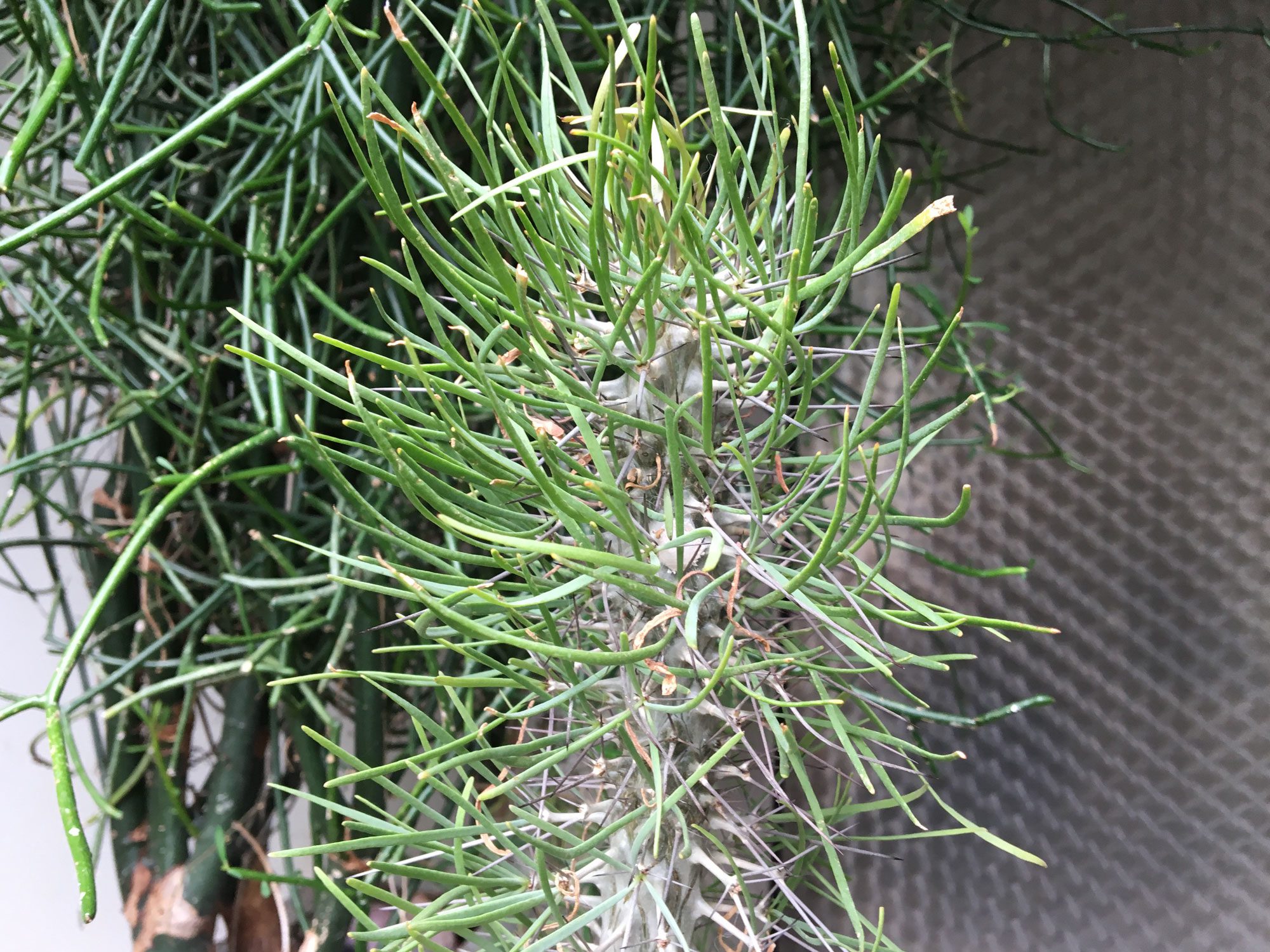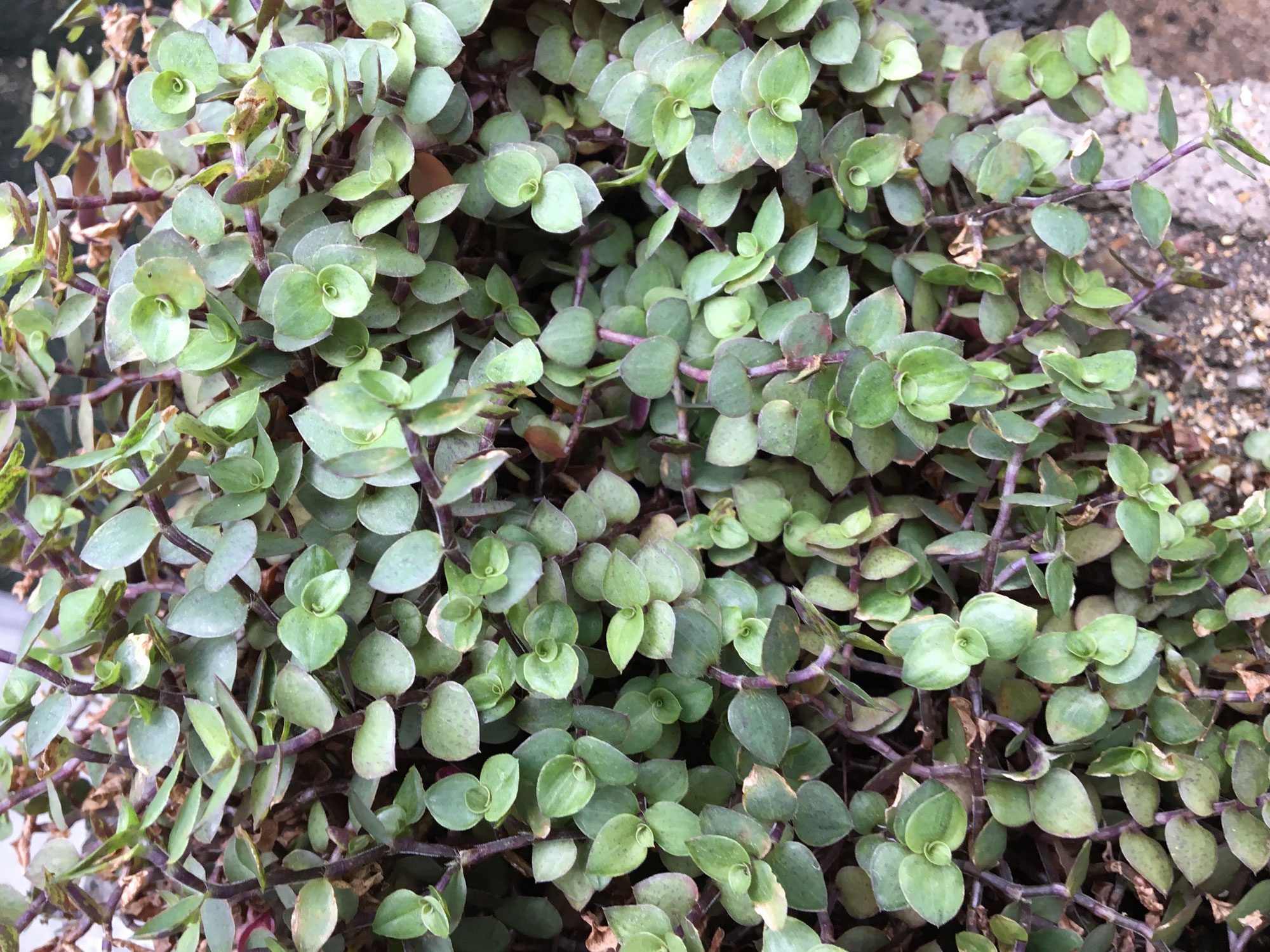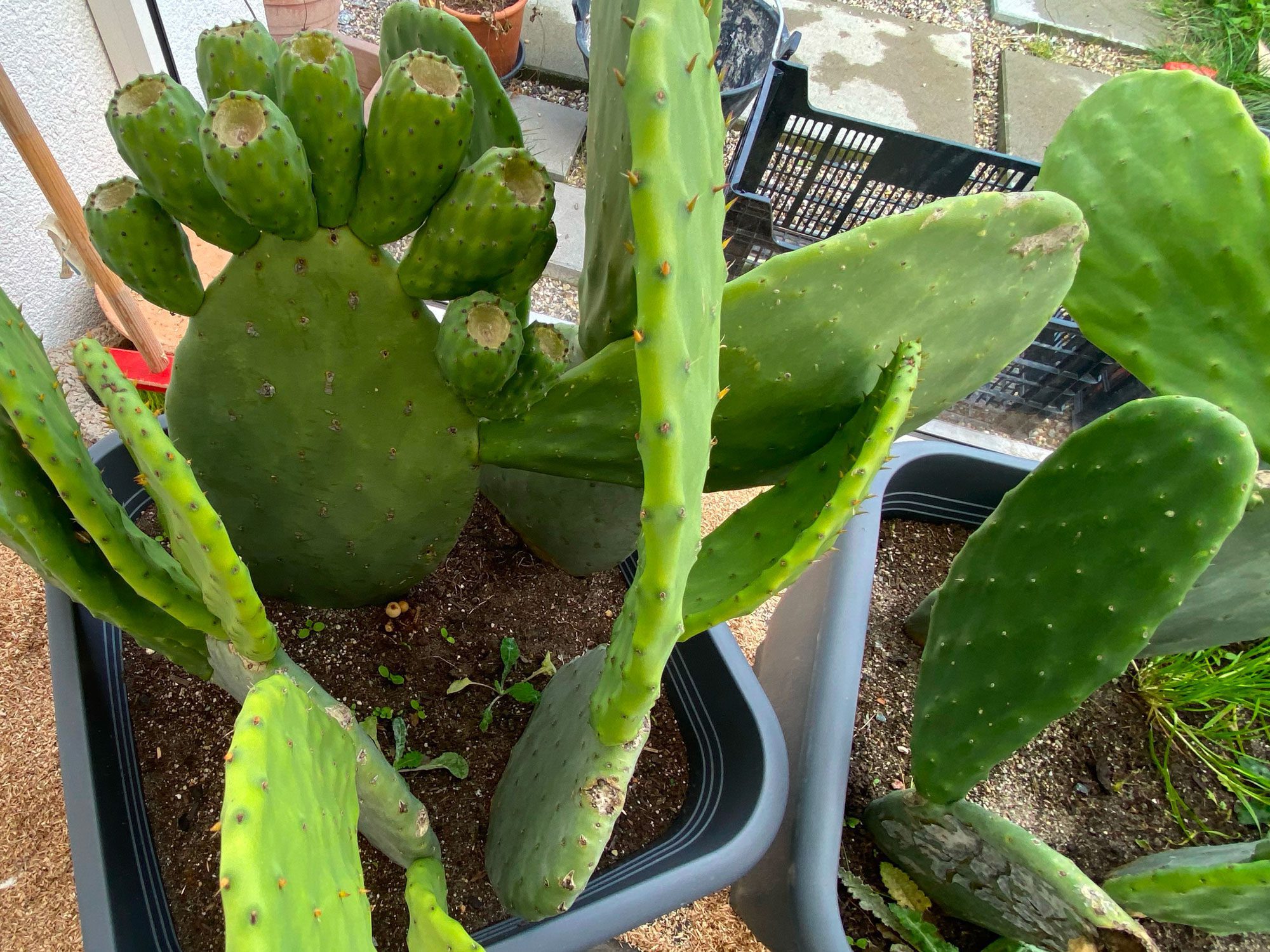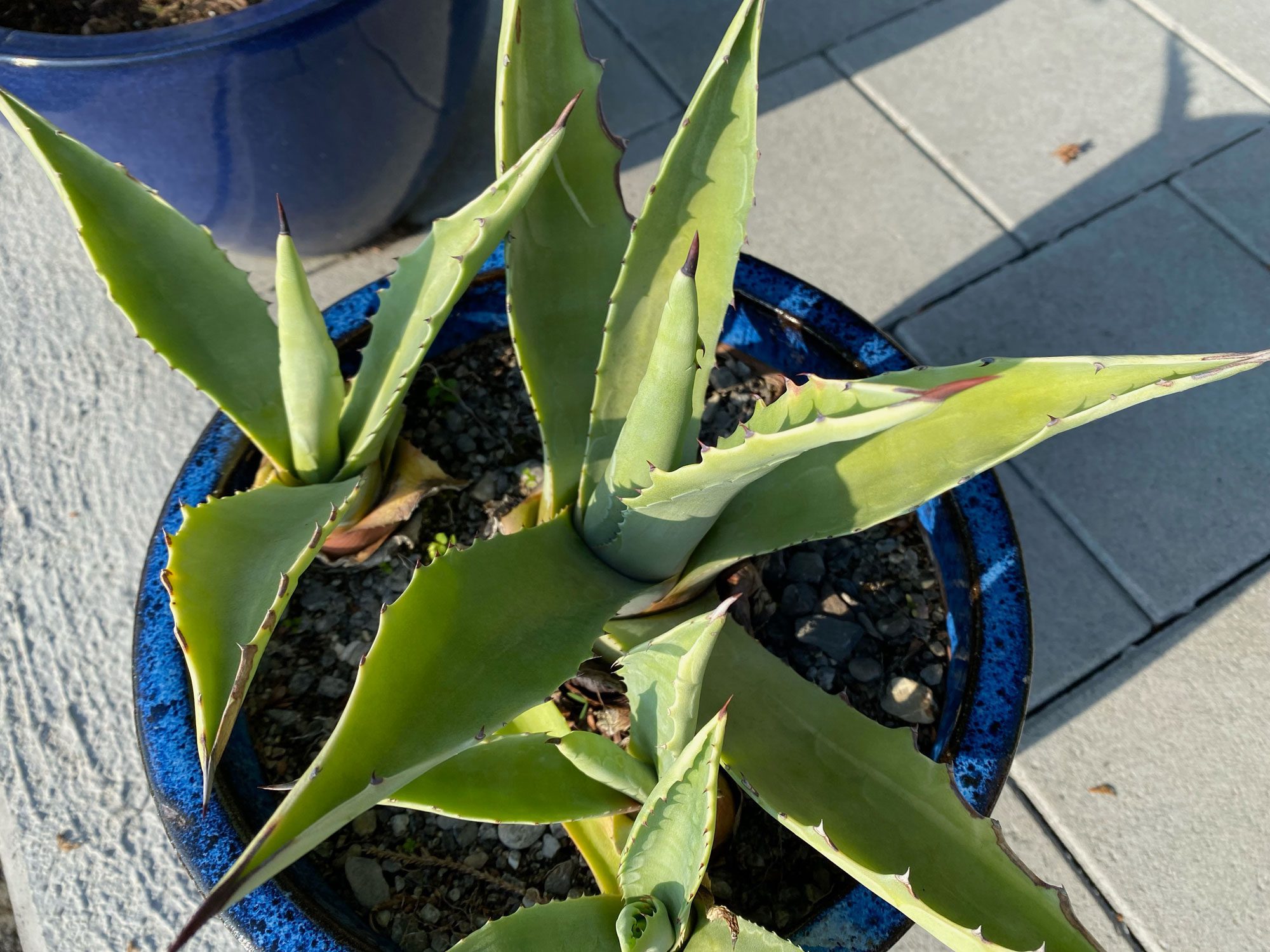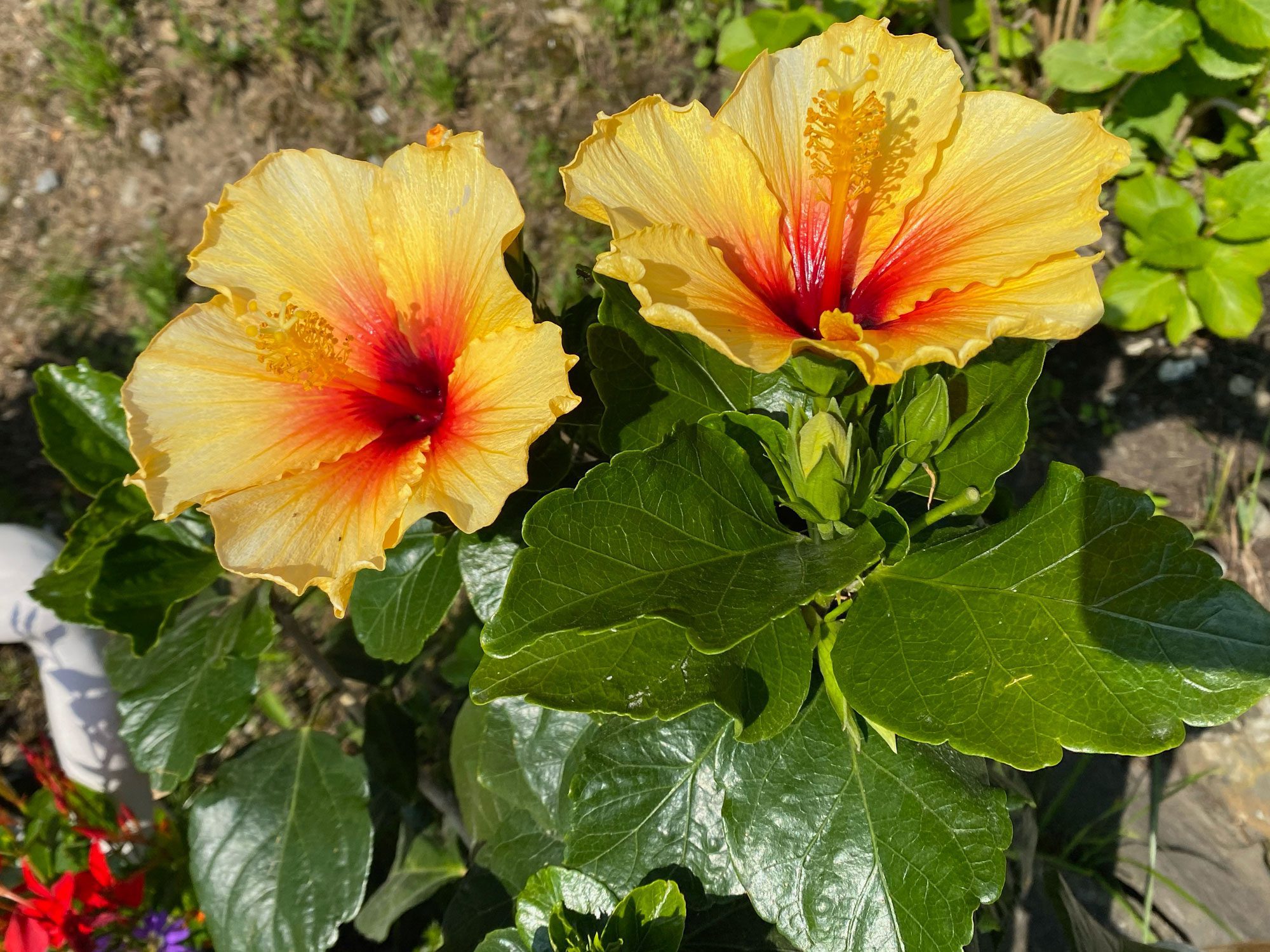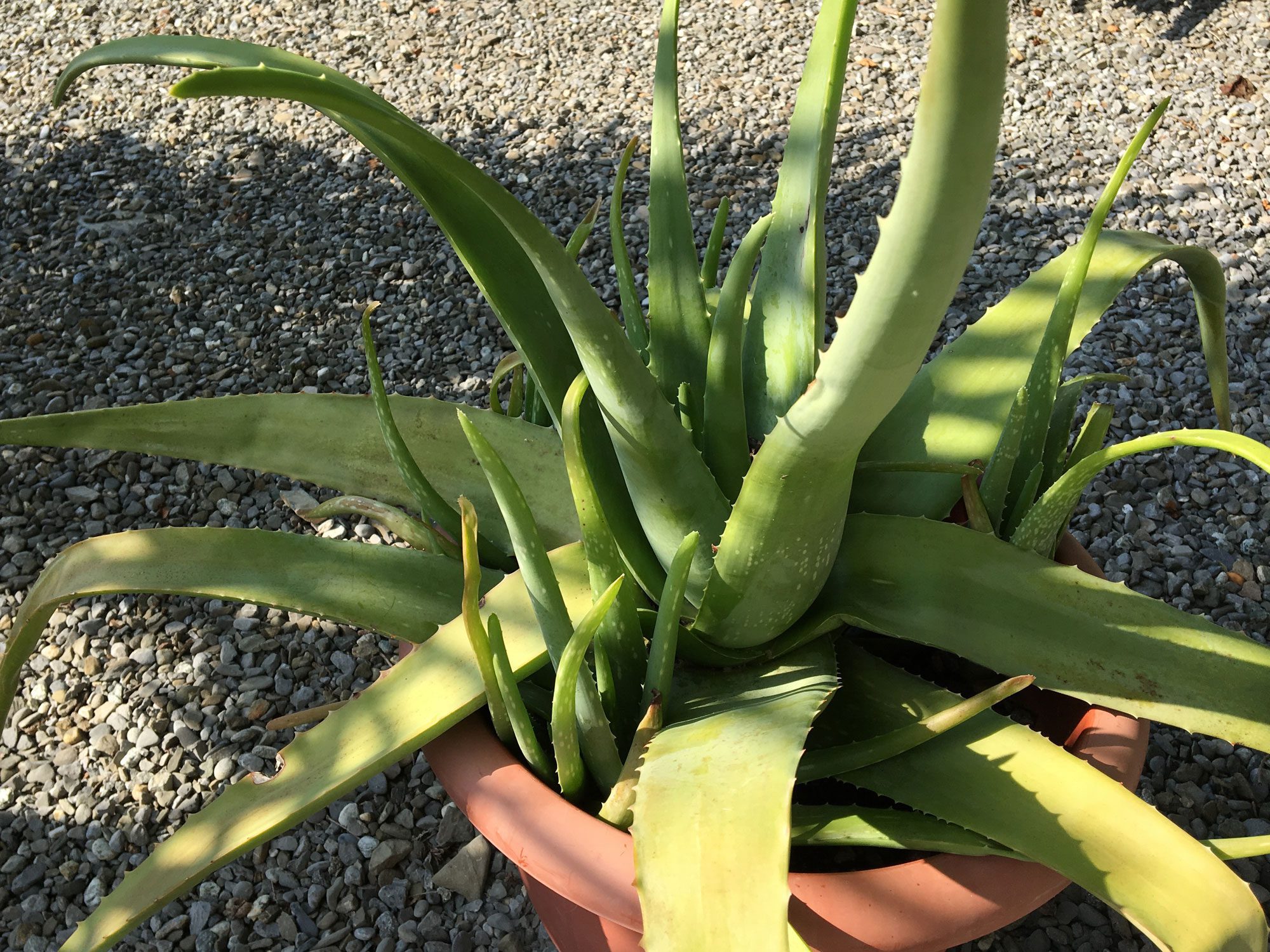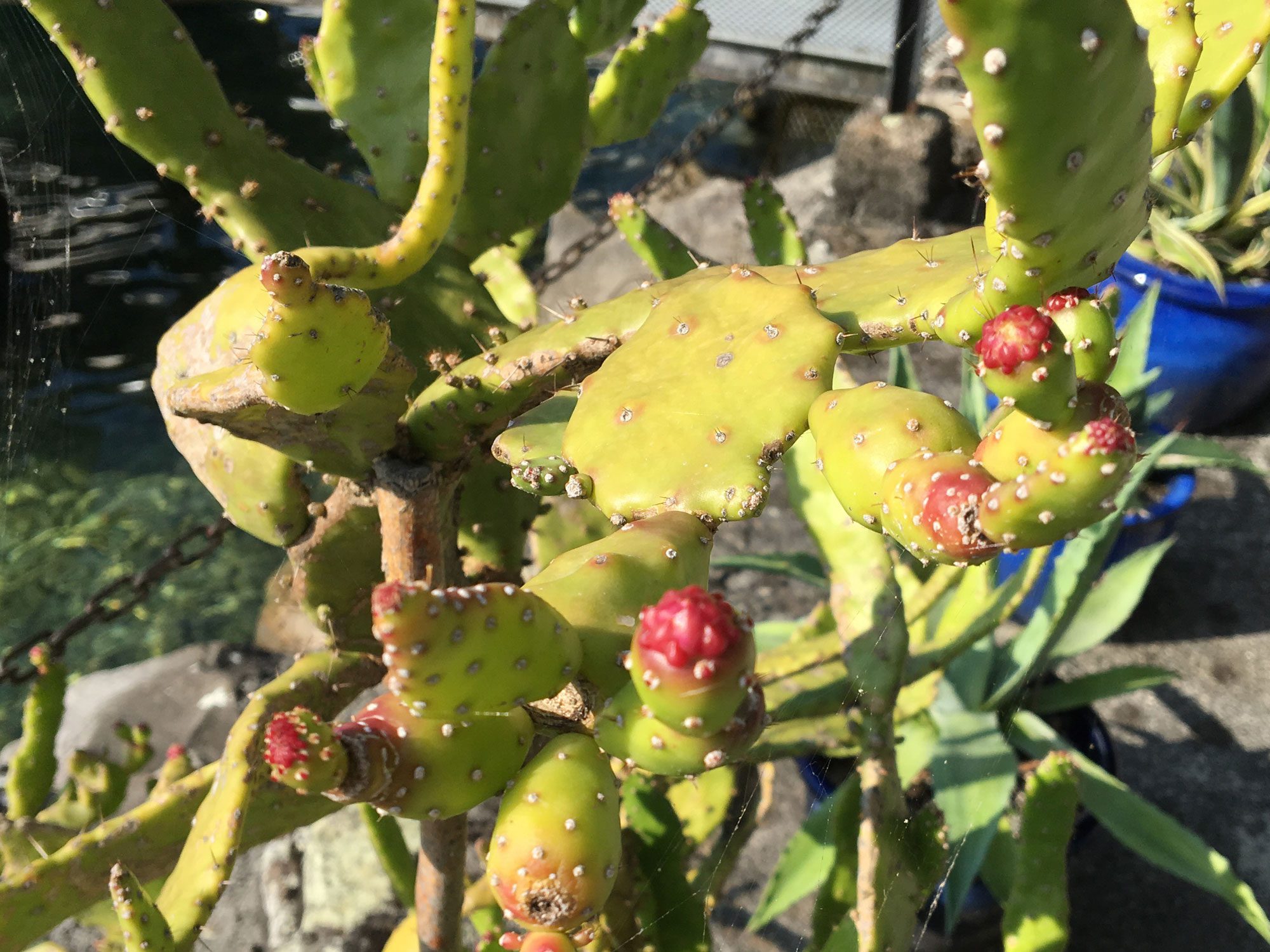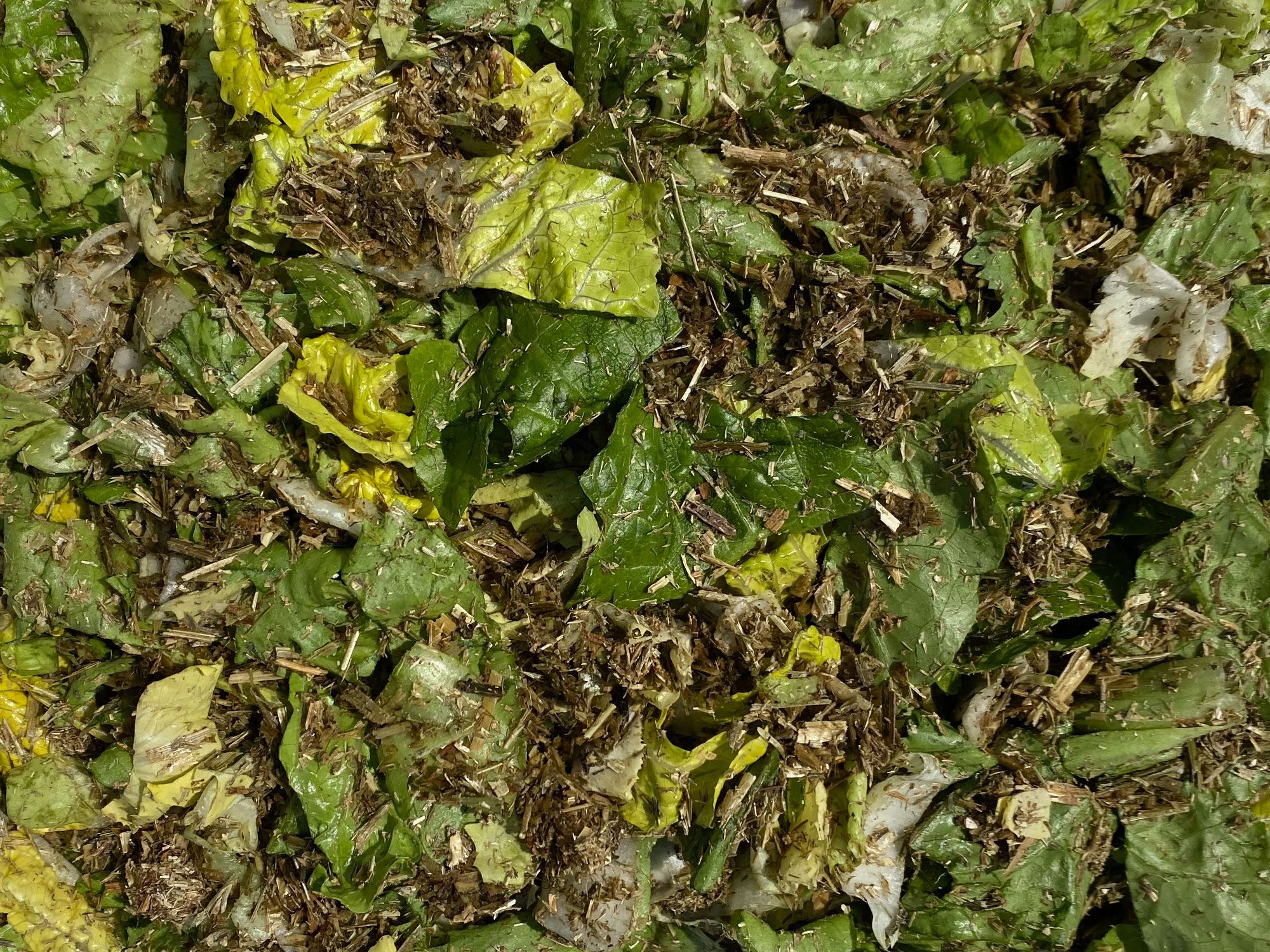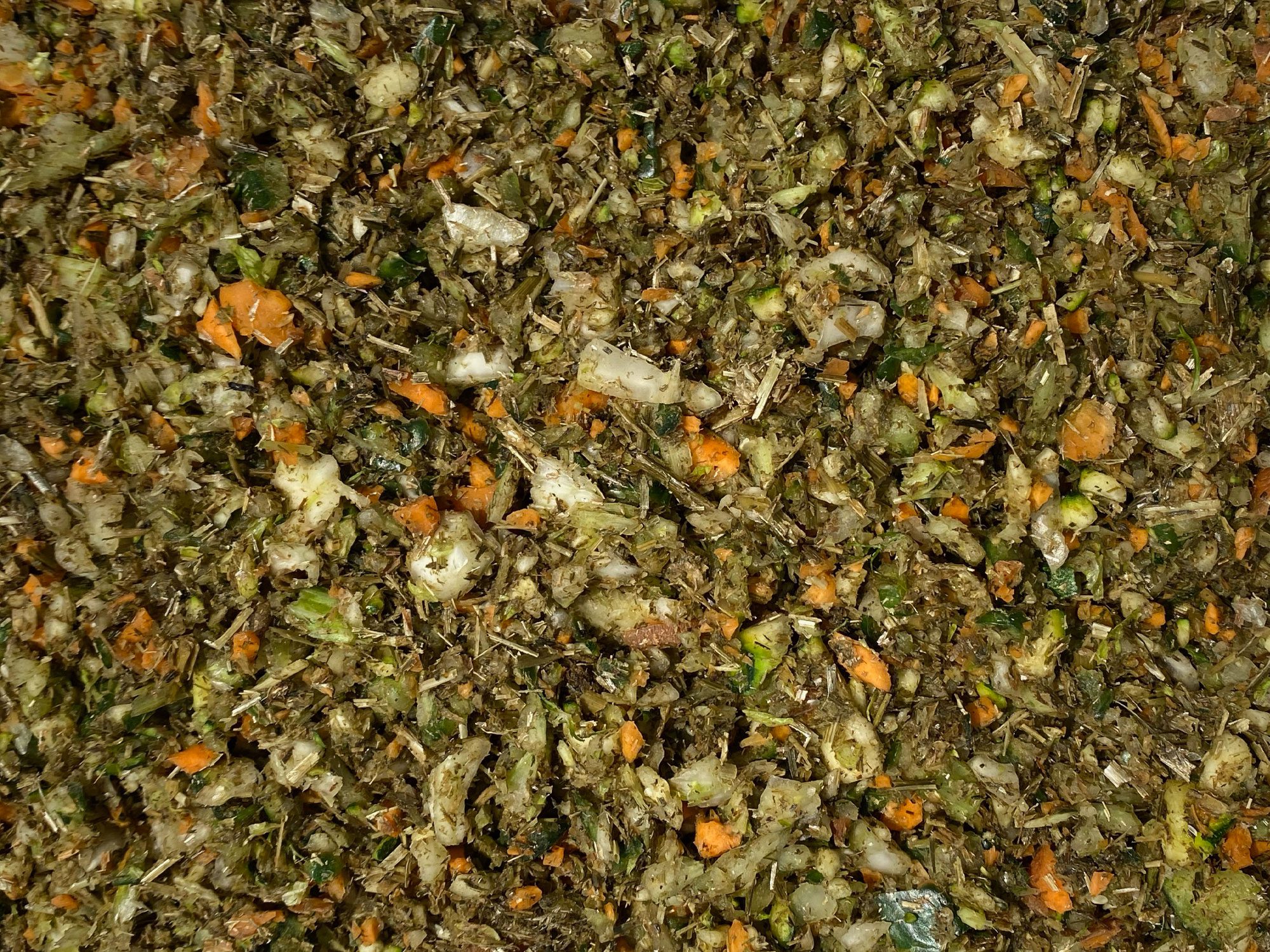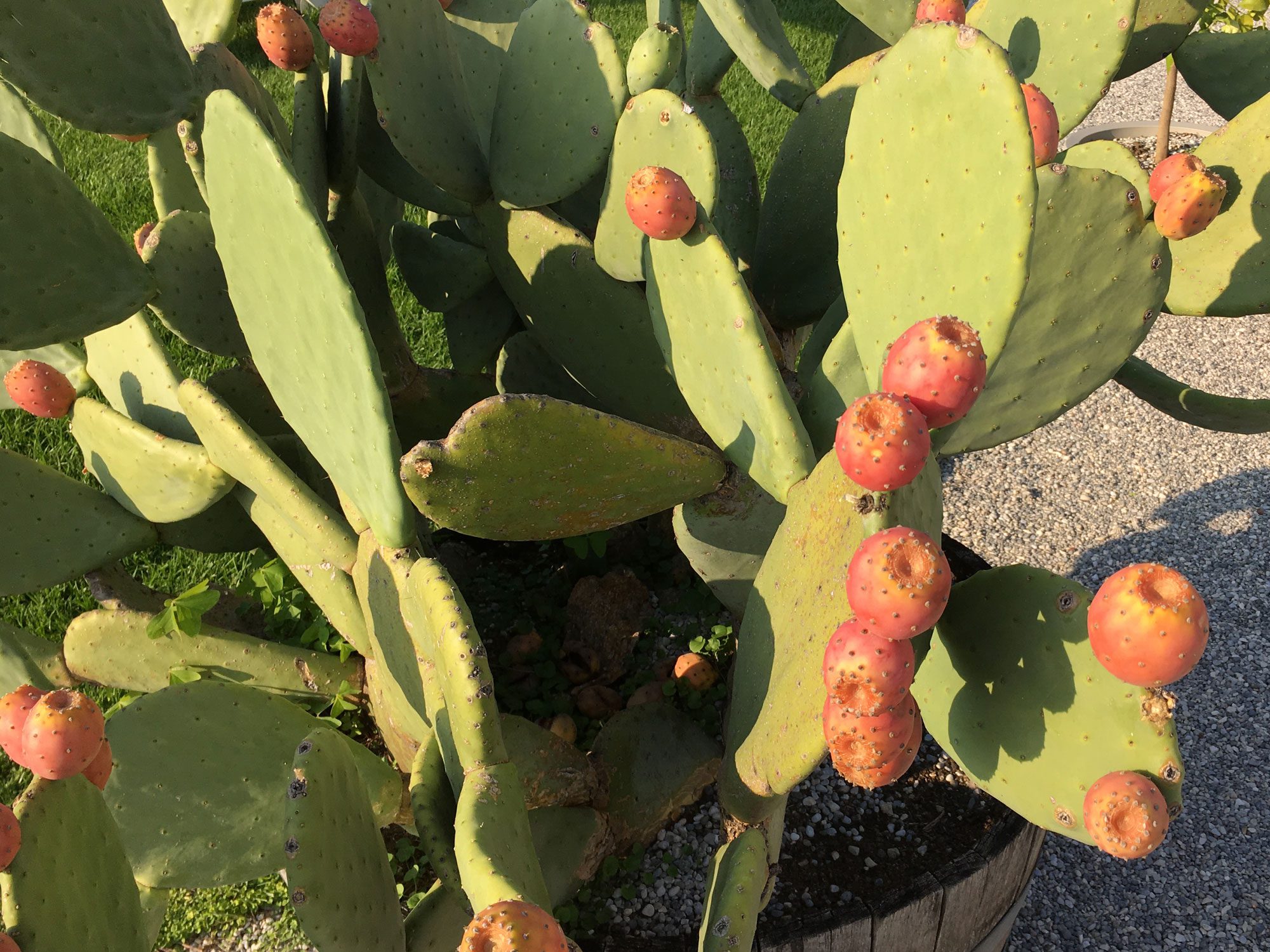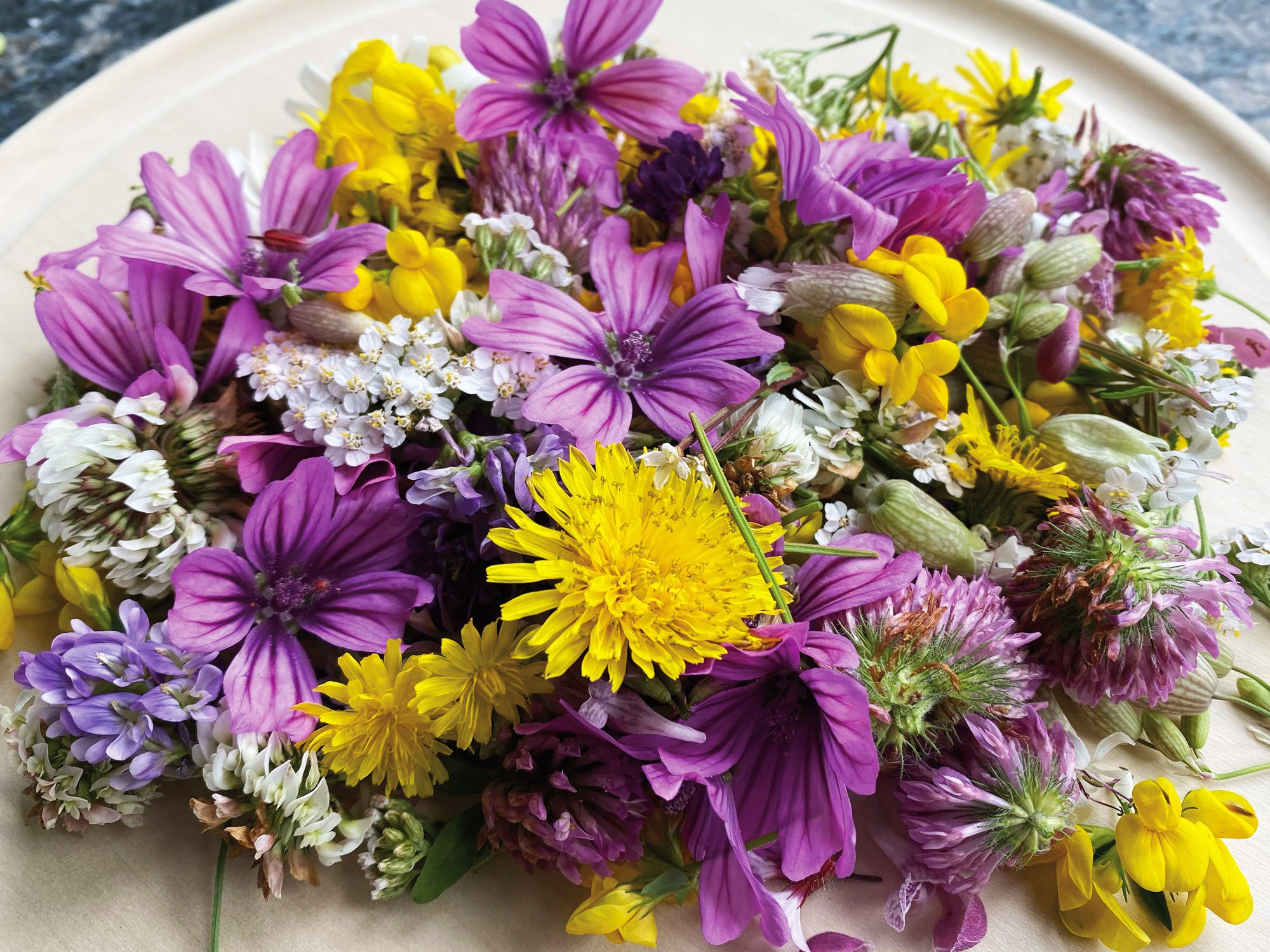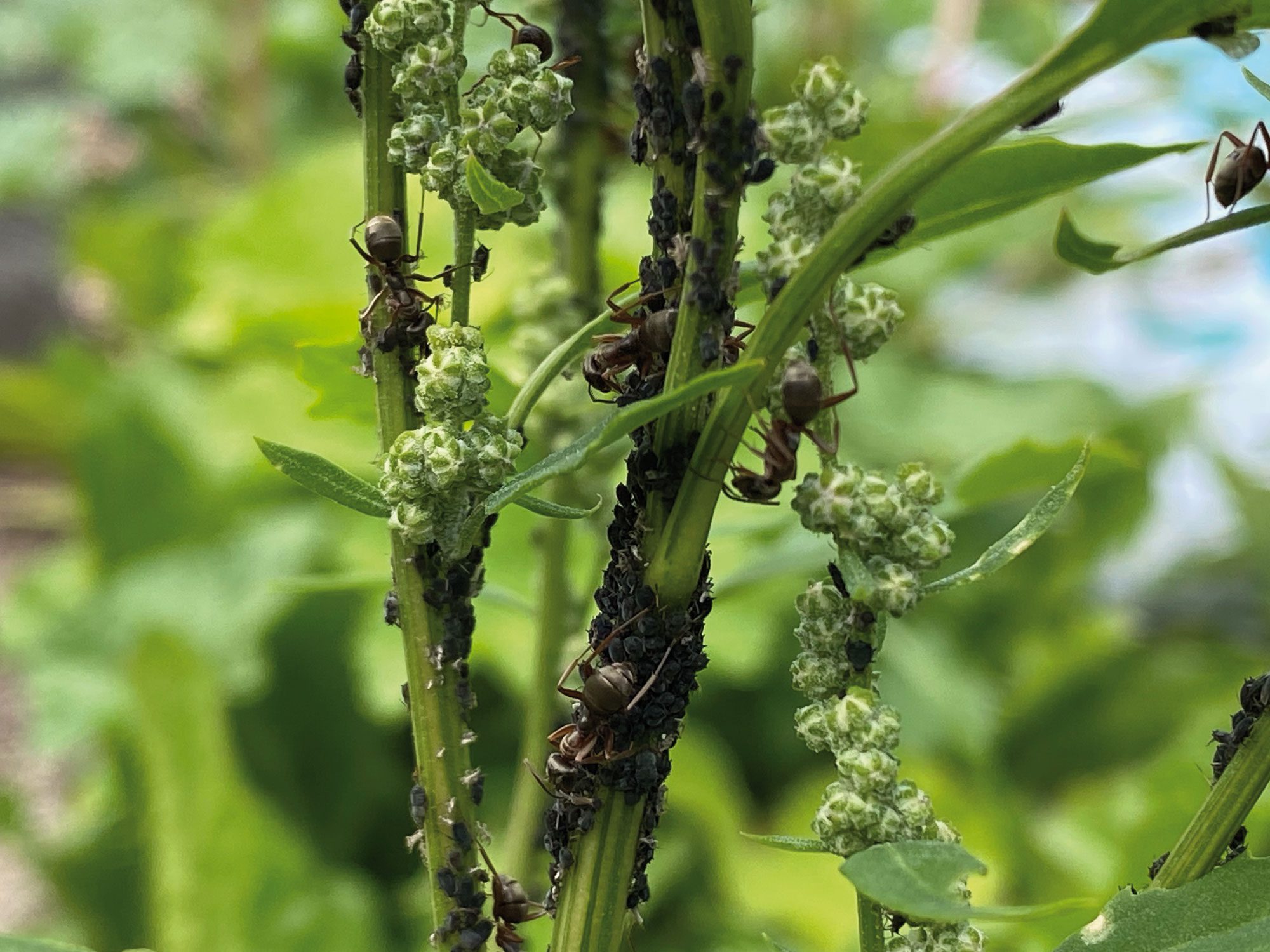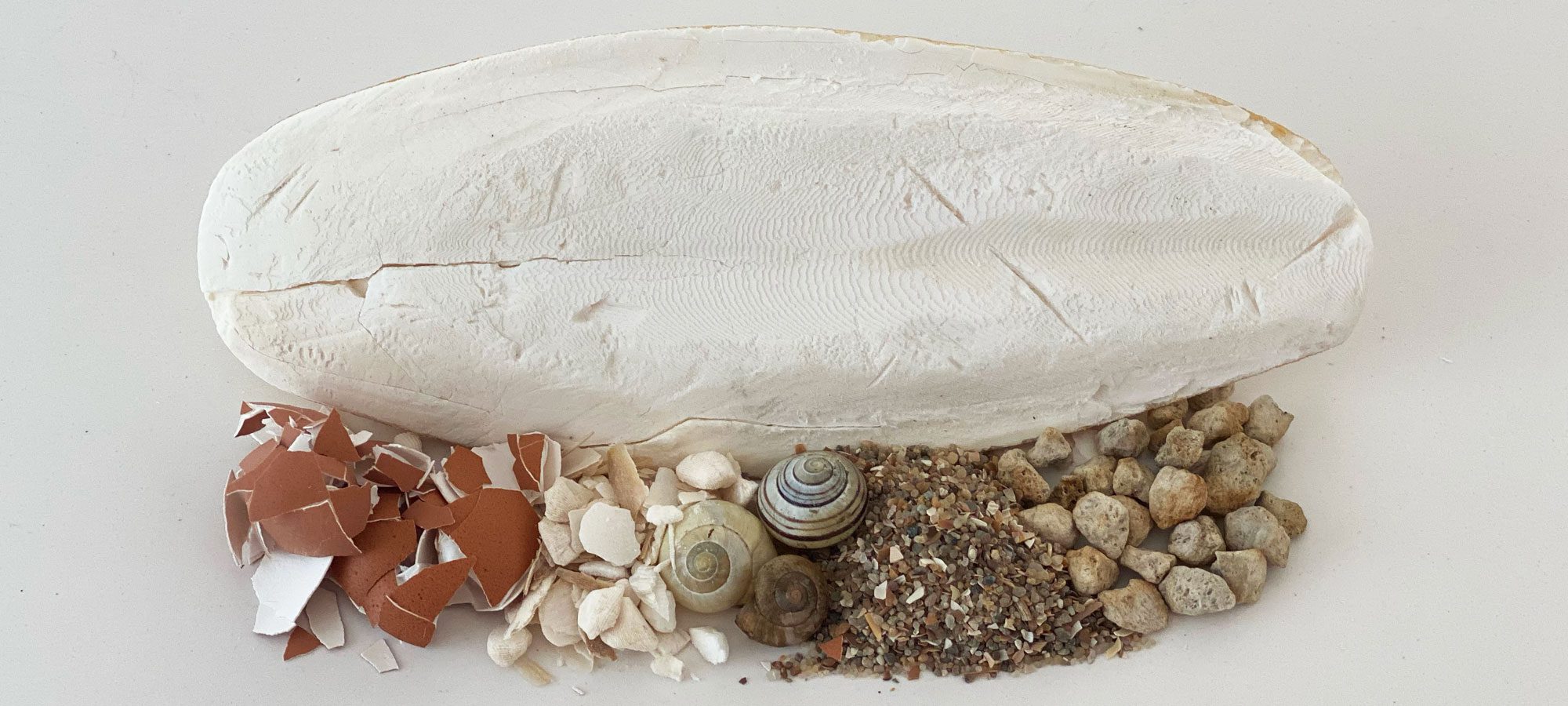Nahrungsspezialistin mit hohen Ansprüchen
Als Wildtiere sind Strahlenschildkröten gut an die Bedingungen und Resourcen im Habitat angepasst. Ihre Ernährungsweise ist als Adaption an die Gegebenheiten im natürlichen Lebensraum zu verstehen. Der Südwesten Madagaskar besteht hauptsächlich aus einer kargen, ausgedörrten Vegetation mit sehr langsam gewachsene Pflanzen, die reich an Mineralstoffen, Spurenelementen, Vitaminen, Rohfasern und Ballaststoffen sind. Es gedeihen dort aber auch dickwandige und wasserspeichernde sukkulente Gewächse, die von Strahlenschildkröten sehr gerne zur Regulierung des eigenen Wasserhaushaltes gefressen werden. Um sich vor Fressfeinden zu schützen, haben viele Pflanzenarten im Habitat von Astrochelys radiata Abwehrstrategien entwickelt. Auffällig viele Pflanzen sind mit Stacheln oder Dornen bewehrt oder besitzen hochwirksame Pflanzengifte (z.B. Euphorbia Gewächse). Besonders Säugetiere meiden deshalb diese Pflanzenarten als Futterquelle. Astrochelys radiata hingegen ist ernährungsphysiologisch perfekt an diesen Lebensraum angepasst und hat evolutionsbedingt gelernt mit Stacheln, Dornen und Pflanzengiften in ihrem Habitat umzugehen. Sie kann deshalb problemlos Opuntien oder andere Kakteen verzehren. Selbst lange und sehr spitze Stacheln von Didierea madagascariensis scheinen sie beim Fressen nicht zu stören. Auch gegen das Gift von Wolfsmilchgewächsen scheint Astrochelys radiata immun zu sein. Es ist sogar gut vorstellbar, dass sie in der Natur gezielt bestimmte, giftige Pflanzen zum Fressen aufsucht, um z.B. lästige Endoparasiten loszuwerden.
Gerade bei der Ernährung von Astrochelys radiata in menschlicher Obhut ist es sehr wichtig, sich das natürliche Biotop immer wieder bewusst zu machen und sich daran zu orientieren. Eine ausgewogene und naturnahe Ernährung ist für die Gesundheit und das Wohlbefinden von Strahlenschildkröten von zentraler Bedeutung. Noch mehr als andere Schildkrötenarten neigt Astrochelys radiata bei unsachgemässer Ernährung zu Höckerbildung des Panzers, Stoffwechselstörungen und Organschäden. Ein sinnvoller Ernährungsplan mit geeigneten Futtermitteln sollte unbedingt und konsequent eingehalten werden. Da es in unseren Breitengraden schwierig ist, Futterpflanzen aus dem Habitat von Astrochelys radiata in genug grossen Mengen nachhaltig anzubauen, hat es sich bewährt, auf alternative und lokal verfügbare Futterpflanzen auszuweichen. Strahlenschildkröten ernährt sich ausschließlich vegetarisch und bevorzugen Gräser, Wildkräuter, Blätter, Blüten und Sukkulenten. Gräser bilden in freier Wildbahn vermutlich mehr als 80 Prozent der Gesamtnahrung. Die Nahrungssuche und Aufnahme erfolgt in ihrem Habitat fast ausschließlich am Morgen und am späten Nachmittag. Tagsüber, vor allem um die Mittagszeit, ist es dafür zu heiß.
Premiumfutter
Die folgenden Premiumfuttermittel eignen sich sowohl im frischen als auch getrockneten Zustand herrvorrgend als Basisfutter für die ganzjährige und vollwertige Ernährung von Astrochelys radiata.
Einheimische Futterpflanzen
Zur Inspiration finden Sie im folgen Bilderkarussell eine Auswahl an radiataerprobten, einheimischen Futterpflanzen. Sowohl, Blüten, Blätter und Stängel dieser Pflanzen sind zum Verzehr für Strahlenschildkröten geeignet. In getrockneter Form sind sie ein besonders wertvolles Premiumfuttermittel während der kalten Jahreszeit. Die lateinische Bezeichnung der Futterpflanze finden Sie oben links in der Bildvergrösserung.
Exotische Futterpflanzen
Zur Inspiration finden Sie im folgen Bilderkarussell eine Auswahl an radiataerprobten Futterpflanzen, die für den Indoorbereich als Topfpflanzen geeignet sind. Einige dieser Pflanzen stammen aus dem Habitat von Astrochelys radiata. Die lateinische Bezeichnung der Futterpflanze finden Sie oben links in der Bildvergrösserung.
Fütterung
Während der warmen Jahreszeit erhalten unsere Strahlenschildkröten hauptsächlich Gras, Wiesenkräuter, Blüten und Blätter, die sie entweder selbständig im Aussengehege abweiden oder zugefüttert bekommen. Die selben Futterpflanzen werden auch in getrockneter Form angeboten und stehen als qualitativ hochwertiges Heu zur Verfügung. Heupellets aus der Produktlinie «Testudo» der Firma AGROBS sind auch ein hervorragendes Premiumfuttermittel. Die Heupellets werden in warmen Wasser eingeweicht und quellen nach ein paar Minuten vollständig auf. Die feuchte Rohfasermasse wird anschliessend wieder von Hand ausgepresst um allzu viel Restwasser zu vermeiden und dann den Schildkröten verfüttert. Strahlenschildkröten werden geradezu magisch von dem herben Wiesenduft angezogen, der von dieser gequollenen Heumasse ausgeht. Wir verwenden Produkte aus der Linie «Testudo» auch zum Mischen und Aufwerten von sekundären Futtermitten wie z.B. Endivien- und Lattichsalat. Produkte der Firma AGROBS können bei uns in der Schweiz über die Landwirtschaftliche Genossenschaft bestellt werden. Achtung: Die Heupellets aus der Produktlinie «Testudo» der Firma AGROBS dürfen nicht mit andren handelsüblichen Pellest aus dem Zoofachhandel verwechselt werden! Nur diese Produktlinie ist wirklich auf die ernährungsphysiologischen Bedürfnisse von Landschildkrötenent angepasst und enthält natürliche und qualitativ hochwertige Rohfasern in Bioqualität ohne Zusätze von Fetten, Getreide oder anderen industriellen Inhaltsstoffen!
Das saisonale Sammeln von diversen Blüten, Kräuter und Blättern von Frühling bis Herbst sorgt für gesunde Abwechslung auf dem Speiseplan unserer Strahlenschildkröten. Ein Teil der Ernte wird für die kalte Jahreszeit getrocknet und eingelagert. Sollten die eigenen getrockneten Vorräte einmal nicht ausreichen, eignen sich auch ersatzweise gewisse Trockenprodukte der Firma JR Farm. Diese Produkte gibt es in der Schweiz in jeder Qualipet Filiale zu kaufen. Es ist jedoch unbedingt darauf zu achten, dass nur Produkte ohne Getreide verwendet werden z.B. getrockneter Löwenzahn, Spitzwegerich, Brennnessel, Waldblätter und Beerenblätter. Sie können auch weitere getrockneten Kräuter-, Blüten- und Blättermischungen online bei MV-Reptilien bestellen.
Die besten und gehaltvollsten Futterpflanzen wachsen bei uns im Muotathal aber praktisch vor der Haustüre und werden als Unkraut oft verkannt und übersehen. Besonders wertvoll sind Pflanzen, die auf mageren Wiesen oder auf steinigen Geröllhalden entlang des Flusses Muota wachsen. Ebenfalls bestens geeignet sind Kräuter und Blumen, die auf ungedüngten, mageren Bergwiesen wachsen. Eine Besonderheit bei uns im Muotathal ist auch das sogenannte «Wildiheu», welches einmal im Jahr an steilen Felshängen von Bergbauern geschnitten wird. Astrochelys radiata scheint allgemein eine Vorliebe für Futterpflanzen mit milchigen Pflanzensäften zu haben. Hingegen werden Pflanzen, die ätherische Öle enthalten verschmäht. Unter der Rubrik Literatur sind zur Inspiration ein paar hervorragende Kompendien zur Erkennung und Bestimmung geeigneter Futterpflanzen aufgeführt.
Saisonale Zusammensetzung der Basisfuttermittel:
In der warmen Jahreszeit besteht die Nahrung von unseren Strahlenschildkröten aus 80% Frischfutter in Form von Gräsern, Blüten, Kräutern und Blättern. 20% aus getrockneten Gräsern, Blüten, Kräutern und Blättern sowie aus Heupellets aus der Produktlinie «Testudo» der Firma AGROBS und hochwertigem Heu.
In der kalten Jahreszeit besteht die Nahrung aus 80% getrockneten Gräsern, Blüten, Kräutern und Blättern, Heupellets aus der Produktlinie «Testudo» der Firma AGROBS und hochwertigem Heu. 20% aus Frischfutter in Form von sekundären Futtermitteln und Indoorfutterpflanzen wie Opuntienkakteen, Hibiskus, Callisia repens, Malven, etc..
Strahlenschildkröten brauchen für ihre Gesundheit und Wohlbefinden eine abwechslungsreiche, proteinarme Ernährung mit hohem Rohfaseranteil und einem ausgewogenen Calcium-Phosphor-Verhältnis. Die Ausscheidungen sollten jeweils von fester Konsistenz und nicht wässrig sein. Im Kot einer gesunden Strahlenschildkröte sind stehts unverdaute Pflanzenfasern zu erkennen, welche an der Luft rasch austrocknen und nicht stinken. Ein hoher Rohfaseranteil verhindert ausserdem einen übermässigen Befall mit Endoparasiten, so dass ein Entwurmen selten notwendig ist.
Sekundäres Ergänzungsfutter
Die folgenden sekundären Futtermittel eignen sich nicht als alleiniges Futtermittel für Astrochelys radiata und sollten nur gelegentlich in kleinen Rationen, zur Abwechslung und in Verbindung mit dem Hauptpremiumfutter eingesetzt werden.
Vor allem in der kalten Jahreszeit, wenn Frischfutter aus der Natur knapp wird, ist ein massvoller Einsatz von sekundären Futtermittel durchaus legitim, um etwas Abwechslung und Farbe in den Speiseplan von Astrochelys radiata zu bringen.
Immer unter der Voraussetzung, dass an den übrigen Wochentagen konsequent Premiumfutter gefüttert wurde, verfüttern wir im Winter 1x pro Woche eine Ration Endivien- oder Lattichsalat. Um die Ration Endivien- oder Lattichsalat aufzuwerten, mischen wir sie noch zusätzlich mit einem Produkt aus der Linie «Teastudo» von AGROBS (z.B. Testudo Fibre). Wir ziehen Endivien- oder Lattichsalat bewusst vor, weil diese beiden Sorten ein etwas günstigeres Calcium-Phosphor-Verhältnis aufweisen als z.B. handelsüblicher Kopfsalat.
In der kalten Jahreszeit verfüttern wir ausserdem 1x im Monat einen Mix aus geraffelten Karotten, Zuchetti, Fenchel, Stangensellerie und Gurke. Idealerweise sollten diese Produkte zuvor entsaftet oder in geriebenem Zustand von Hand ausgepresst werden, um allzu viel Flüssigkeit zu vermeiden. Auch diesen Mix mischen wir noch zusätzlich zur Aufwertung mit einem Produkt aus der Linie «Teastudo» von AGROBS (z.B. Testudo Herbs).
Maximal 4x im Jahr verfüttern wir saisonal von Hand kleine Mengen an Beeren (z.B. Brombeeren, Himbeeren, Erdbeeeren usw.) oder eine Kaktusfrucht. Diese farbigen Leckerbissen eignen sich auch hervorragend als fressbares Trägerobjekt für Panacur® Pet Paste zur Entwurmung, weil sie immer ganz gierig, aufgrund der roten Farbe und des verlockenden Geruchs, unkritisch gefressen werden. Beachten Sie, dass es im Habitat von Astrochelys radiata nur ganz wenige Pflanzen gibt, die saisonal Früchte tragen (z.B. Kakteen). Diese Fruchtkörper können aber aufgrund der Trockenheit und Bodenbeschaffenheit auf der die Pflanzen wachsen nicht mit handelsüblichen Früchten punkto Inhaltsstoffen verglichen werden. Es ist wichtig zu verstehen, dass Früchte prinzipiell kein fester Bestandteil in der Ernährung von Strahlenschildkröten darstellen und bei regelmässigem Verzehr ernsthafte gesundheitliche Konsequenzen verursachen können. Ausser den oben Aufgeführten sekundären Futtermitteln in den angegebenen Rationen, sollte gänzlich auf Salate-, Gemüse- und Obstsorten verzichtet werden.
Proteinbedarf
Astrochelys radiata deckt den geringen Proteinbedarf über den Verzehr von frischen Blüten und jungen Trieben ab. Tierisches Eiweiss nimmt sie gelegentlich durch Insekten, Würmer oder Schnecken auf, die sie entweder auf Futterpflanzen oder auf dem Boden im Aussengehege findet. Das zusätzliche Verfüttern von tierischen Eiweissen ist aber absolut schädlich und muss unbedingt vermieden werden! Die primären Folgen einer übermäßigen und zu eiweißreicher Fütterung sind ein viel zu schnelles Wachstum mit unschöner Höckerbildung und Panzerdeformationen. In Kombination mit einer unvollständigen Calciumeinlagerung im Skelett, kann es aber auch zu einer instabilen Knochen- und Panzererweichung kommen. Andauernde Stoffwechselstörungen aufgrund falscher Ernährung führen langfristig immer zu irreversieblen und tödlichen Organschäden.
Calcium
Damit die Schildkröten während des Wachstums gesunde Knochen und einen stabilen Panzer bilden können, empfiehlt es sich immer zusätzlich Calcium anzubieten. Calcium steht unseren Tieren täglich in Form von Sepiaschalen, Muschelgrit, Schneckenhäusern, zerdrückten Eierschalen und an der Sonne ausgeblichene und zersplitterte Knochen in flachen Schalen zur freien Verfügung. Diese Calciumlieferanten sollten von den Schildkröten immer selbständig, je nach Bedarf, aufgenommen und nicht über das Futter gestreut werden. Alle in der Natur gesammelten und verunreinigten Calciumsupplemente können im heissen Ofen oder Wasser innerhalb von ein paar Minuten keimfrei gemacht werden. Adulte Tiere können problemlos Stücke aus grossen Calciumbrocken abbeissen. Für Jungtiere zerdrücken wir die Calciumsupplemente in mundgerechte Stücke. Oft bleibt in den Calciumschalen feiner Calciumstaub zurück. Diesen verstreuen wir immer im Schildkrötengarten oder in die Töpfe der Indoorfutterpflanzen, damit auch die Pflanzen vermehrt Calcium aufnehmen können.
Vitamine und Spurenelemente
Schildkröten können Vitamine und Spurenelemente meistens nur in Verbindung mit pflanzlichen Sekundärstoffen aufnehmen und verstoffwechseln. Für die Vitamin D Synthese ist ausserdem natürliches Sonnenlicht notwendig. Bei einem abwechslungsreichen und ausgewogenen Futterangebot mit regelmässigem Zugang zu natürlichem Sonnenlicht ist die Zugabe von Vitamin- und Spurenelementen in Pulver- oder Tropfenform absolut überflüssig. Die Gefahr einer Überdosierungen ist bei weitem viel höher als der effektive Nutzen.
Bei einem diagnostizierten Vitaminmangel besteht die Möglichkeit einmal im Monat dem betroffenen Tier in einer flachen Schale ein handelsübliches Sittich- oder Kanarienfutter anzubieten (Vinke & Vinke 2004 a), welches mit Vitaminen, Mineralien und Spurenelementen angereichert ist. Die Samen passieren unverdaut den Magendarmtrakt und geben dabei die Zusatzstoffe in geringen Mengen schonend ab.
Astrochelys radiata frisst in freier Wildbahn gelegentlich auch Aas und Kot von anderen Tieren, um Kalzium und Mineralien aufzunehmen. Dies sollte jedoch in menschlicher Obhut, aus Kontaminationsgründen mit Krankheitserregern und Parasiten, vermieden werden.
Schädliche Produkte
Folgende Produkte sind für Schildkröten absolut gesundheitsschädlich und dürfen auf keinen Fall verfüttert werden:
FAQ zum Themenbereich Futter
Sowohl der Organismus, als auch der Fressinstinkt von Astrochelys radiata ist gemäss ihrem kargen Ursprungsbiotop auf äusserst kalorienarmes und rohfaserreiches Futter eingestellt. Strahlenschildkröten sind deshalb instinktiv ständig auf Futtersuche und müssen über den ganzen Tag verteilt geeignete Futtermittel fressen, um eine ausgewogene und ausreichende Ernährung zu erreichen. Den gleichen Impuls haben sie auch in menschlicher Obhut. Sie möchten so viel und so oft wie möglich fressen, jedoch finden und erhalten sie bei uns oft keine kalorienarmen Futterpflanzen sondern regelrechte Eiweiß- und Zuckerbomben in Form von Obst, Gemüse und Salaten. Qualitativ, hochwertiges Grundfutter ist daher für die Gesunderhaltung von besonderer Bedeutung. Die auf dieser Website unter der Rubrik Premiumfutter aufgelisteten Futtermittel eignen sich sowohl im frischen als auch getrockneten Zustand herrvorrgend als Basisfutter für die ganzjährige und vollwertige Ernährung von Astrochelys radiata. Vorallem getrocknetes Premiumfutter (getrocknete Blüten, Blätter, Kräuter, Heu und Agrobs) kann grundsätzlich nicht überdosiert werden, weil durch den hohen Rohfaseranteil sich automatisch ein gesundes Sättigungsgefühl einstellt. Im Gehege übriggebliebenes und nicht verunreinigtes Premiumfutter, kann auch noch an den nächsten Tagen problemlos verfüttert werden.
Das regelmässige Verfüttern von Salaten, Gemüse und Früchten ist in der Schildkrötenhaltung vermutlich eines der wohl verhängnisvollsten und schädlichsten Missverständnisse. Diese hartnäckige und repetitive Gewohnheit rührt hauptsächlich daher, dass diese Produkte eigentlich gesunde, pflanzliche Lebensmittel für den Menschen sind und deshalb einfach, schnell und immer verfügbar gekauft und eingesetzt werden können und zum anderen fatalerweise von den Schildkröten auch noch gerne gefressen werden.
Führt man sich den Lebensraum von Landschildkröten vor Augen, wird klar, dass kultivierte Salate, Gemüse und Früchte aber auch saftige und eiweißreiche Wiesen nicht zum natürlichen Futterangebot gehören. Der Darm einer Landschildkröte kann dieses zu weiche, eiweissreiche und zuckerhaltige Futter nicht richtig verwerten. Selbst die gelegentliche Fütterung führt zu einem gestörten Gleichgewicht der Mikroorganismen im Darm. Dieses Ungleichgewicht im Darm führt teilweise zu schweren Durchfällen. Da Schildkröten leider nicht in der Lage sind zwischen gesunden- und ungesunden Futter zu unterscheiden, werden bunte und interessant riechende Früchte, Gemüse und Salate bei Verfügbarkeit immer sehr gerne und gierig gefressen. Gicht, Verstopfungen, Panzerdeformationen und Leberverfettung bis hin zum Tod sind die Folge.
Grundsätzlich sind alle handelsübliche Salatsorten ein minderwertiges Futtermittel für Schildkröten. Salat enthält hauptsächlich Wasser, hat praktisch keine balaststoffreichen Rohfasern und auch keine nennenswerten bzw. wertvollen Inhaltstoffe wie Vitamine oder Spurenelemente. Ernährungs- und energietechnisch ist Salat für Schildkröten eine absolute Nullrunde. Salat ist primär eine kultivierte Speisepflanze des Menschen und wird in verschiedenen Sorten in grossen Monokulturen angebaut. Rückstände von Phosphat und Pestiziden machen ihn noch ungeeigneter für die Ernährung von Schildkröten. Aufgrund seines hohen Wasserbedarfs wächst er auch nicht in wilder Form in den trockenen Habitaten von Landschildkröten. Es ist also absolut ausgeschlossen, dass eine Strahlenschildkröte, die aus einer semiariden Zone stammt, in freier Wildbahn je mit einem salatähnlichen Gewächs in Berührung kommt.
Da Schildkröten leider nicht in der Lage sind zwischen gesunden- und ungesunden Futter zu unterscheiden, werden bunte und interessant riechende Früchte, Gemüse und Salate immer gierig und im Übermass gefressen. Nach jahrelanger Fehlernärung entwickeln Strahlenschildkröten jedoch regelrechte Esstörungen und verlernen bzw. verweigern die Aufnahme von natürlichen und geeigneten Futtermitteln. Gicht, Verstopfungen, Panzerdeformationen und Leberverfettung bis hin zum Tod sind meistens die Folge einer nicht artgerechten Ernährung.
Um das Leben ihrer Schildkröte zu retten, muss sie unbedingt wieder an artgerechtes Futter gewöhnt werden. Eine Futterumstellung muss aber langsam, konsequent und über einen längeren Zeitraum erfolgen, damit sich auch wieder ausreichend, rohfaserverwertende Bakterien im Magen-Darmtrakt ansiedeln können. Wir empfehlen dazu in einem ersten Schritt die tägliche, gewohnte Futterration immer mit Premiumfutter (z.B. Agrobs, getrocknete Kräuter, usw., siehe Rubrik Futter) gut zu vermischen. Mit der Zeit soll der Anteil ungesunder Futtermittel immer weiter reduziert und der Anteil an Premiumfutter schrittweise erhöht werden, bis sich die Schildkröte wieder vollständig an natürliches Futter gewöhnt hat. Dieser Umgewöhnungsprozess kann je nach Ausmass der Esstörung mehrere Monate dauern, gelingt aber in den meisten Fällen problemlos. Bereits entstandene Schäden an Organen, Knochen und Panzer aufgrund einer jahrelangen Fehlernährung sind jedoch irreversibel und können auch nach einer Ernährungsumstellung noch zu gesundheitlichen Problemen führen.

